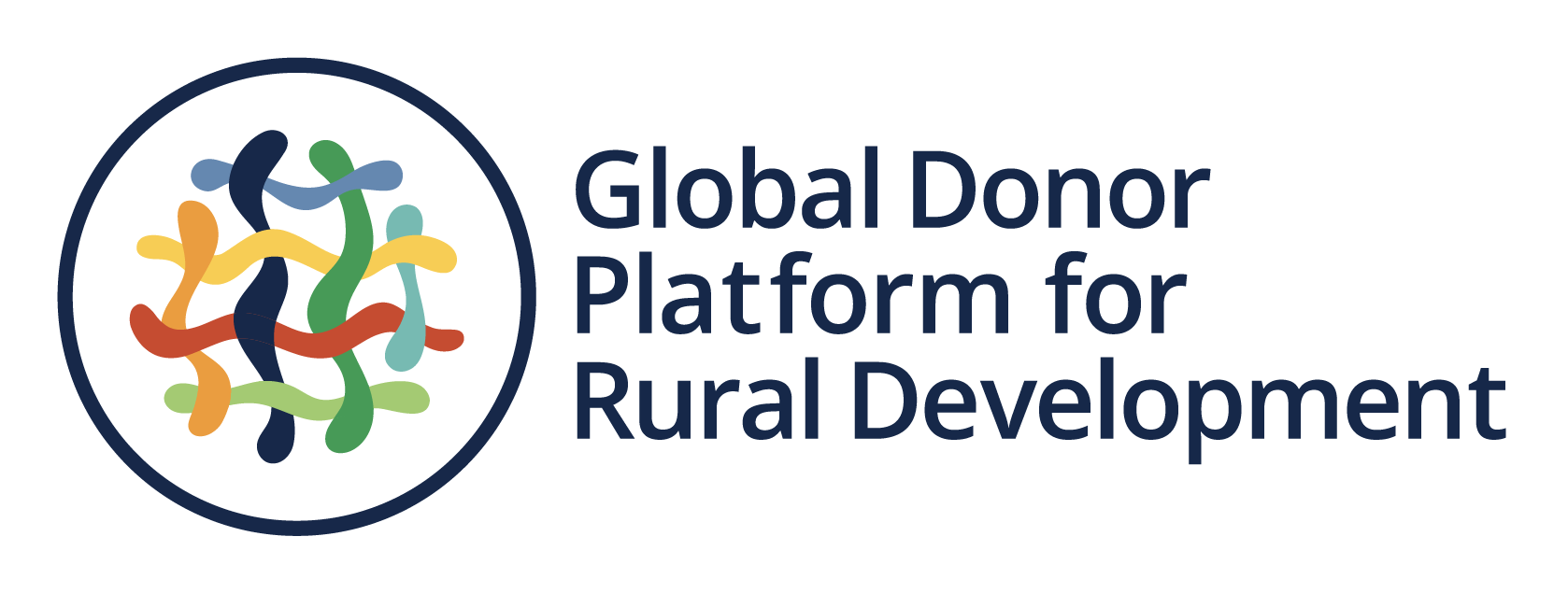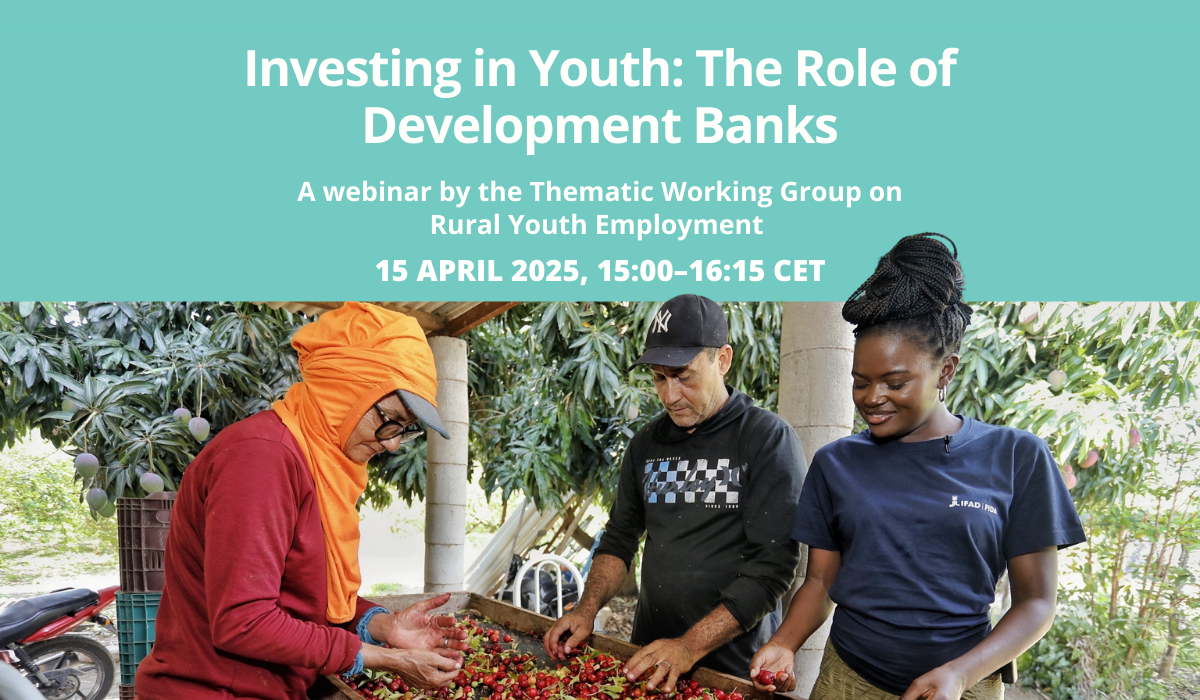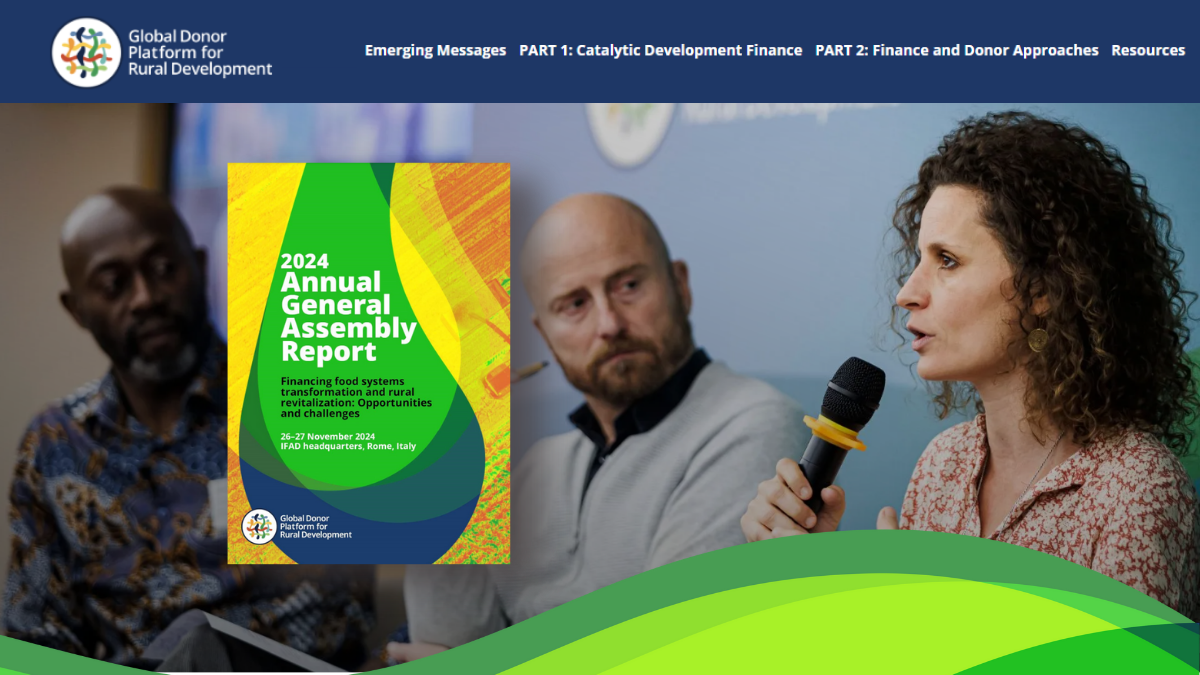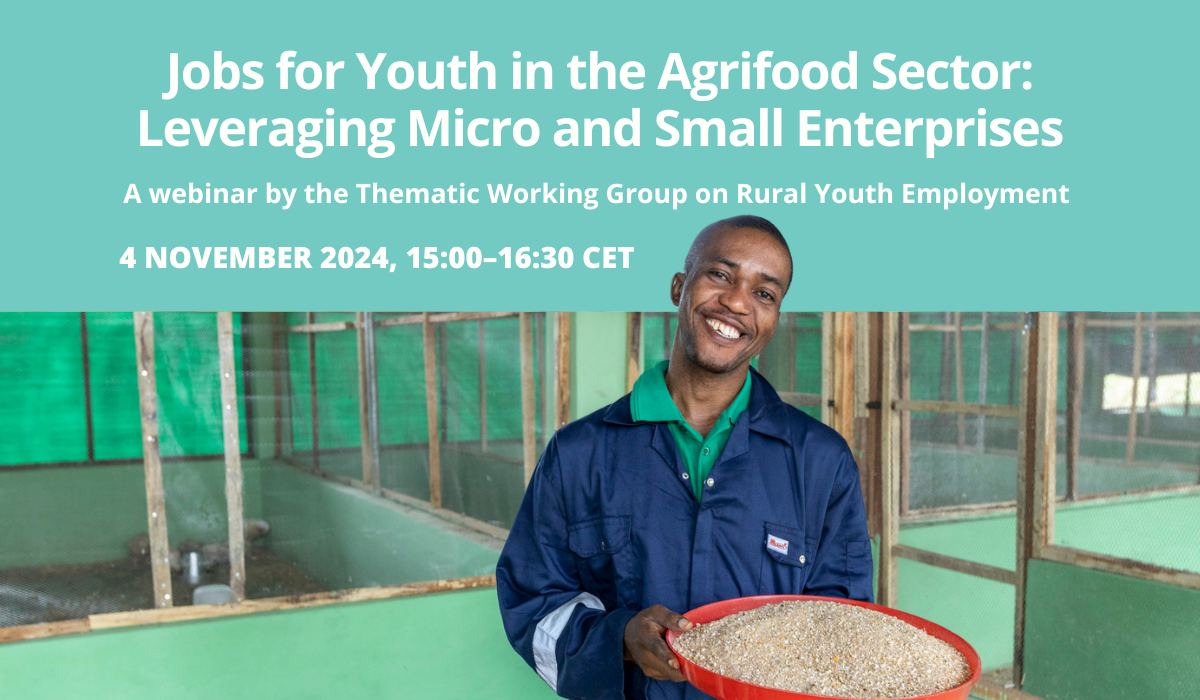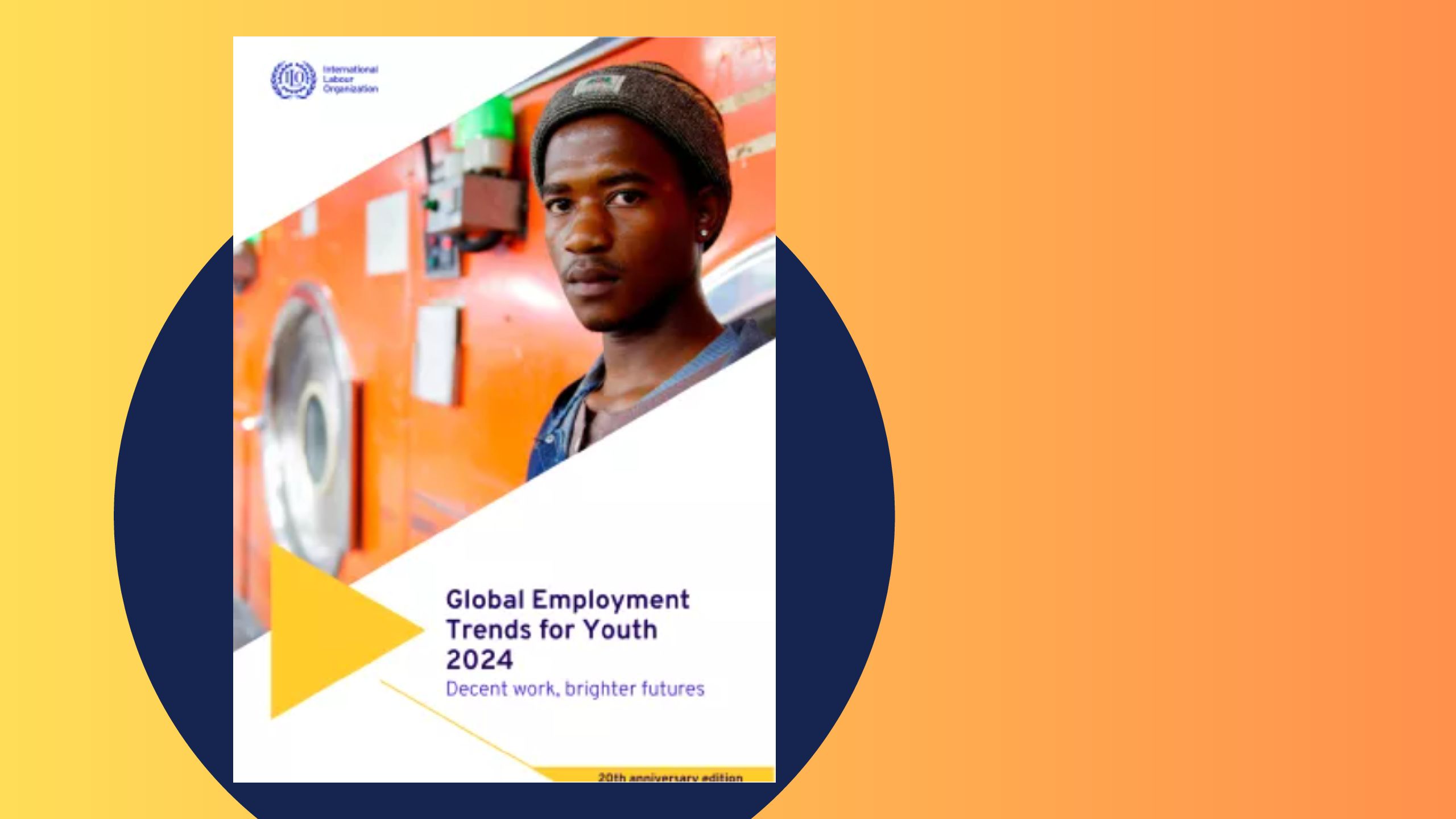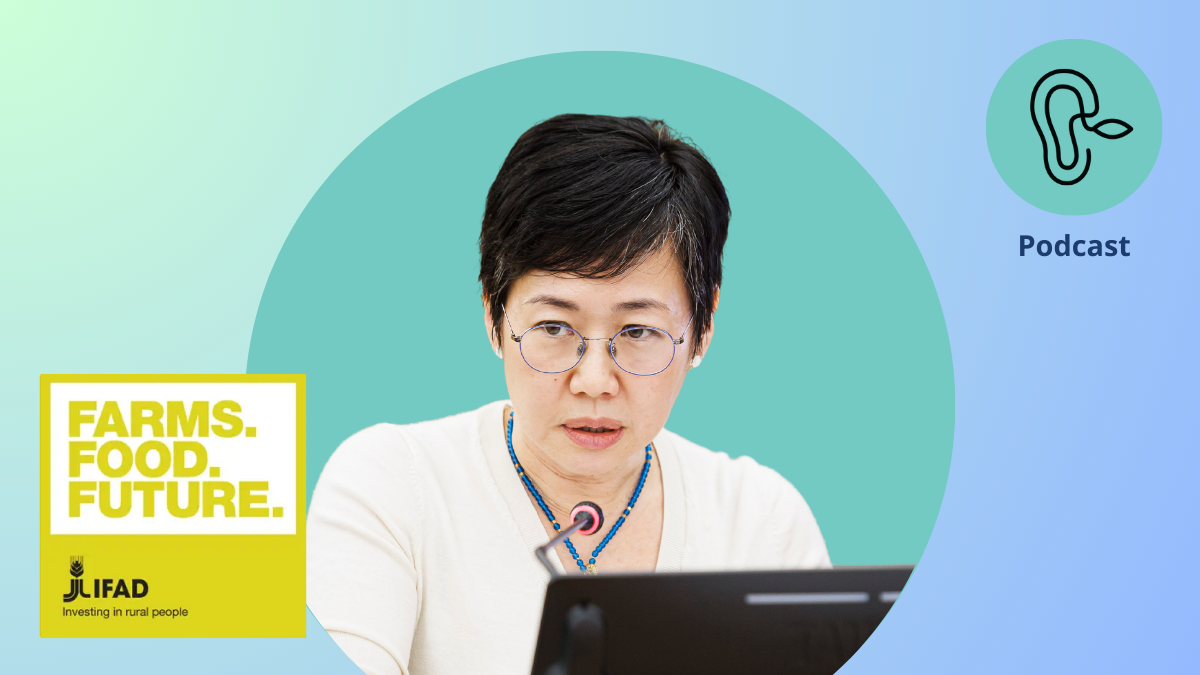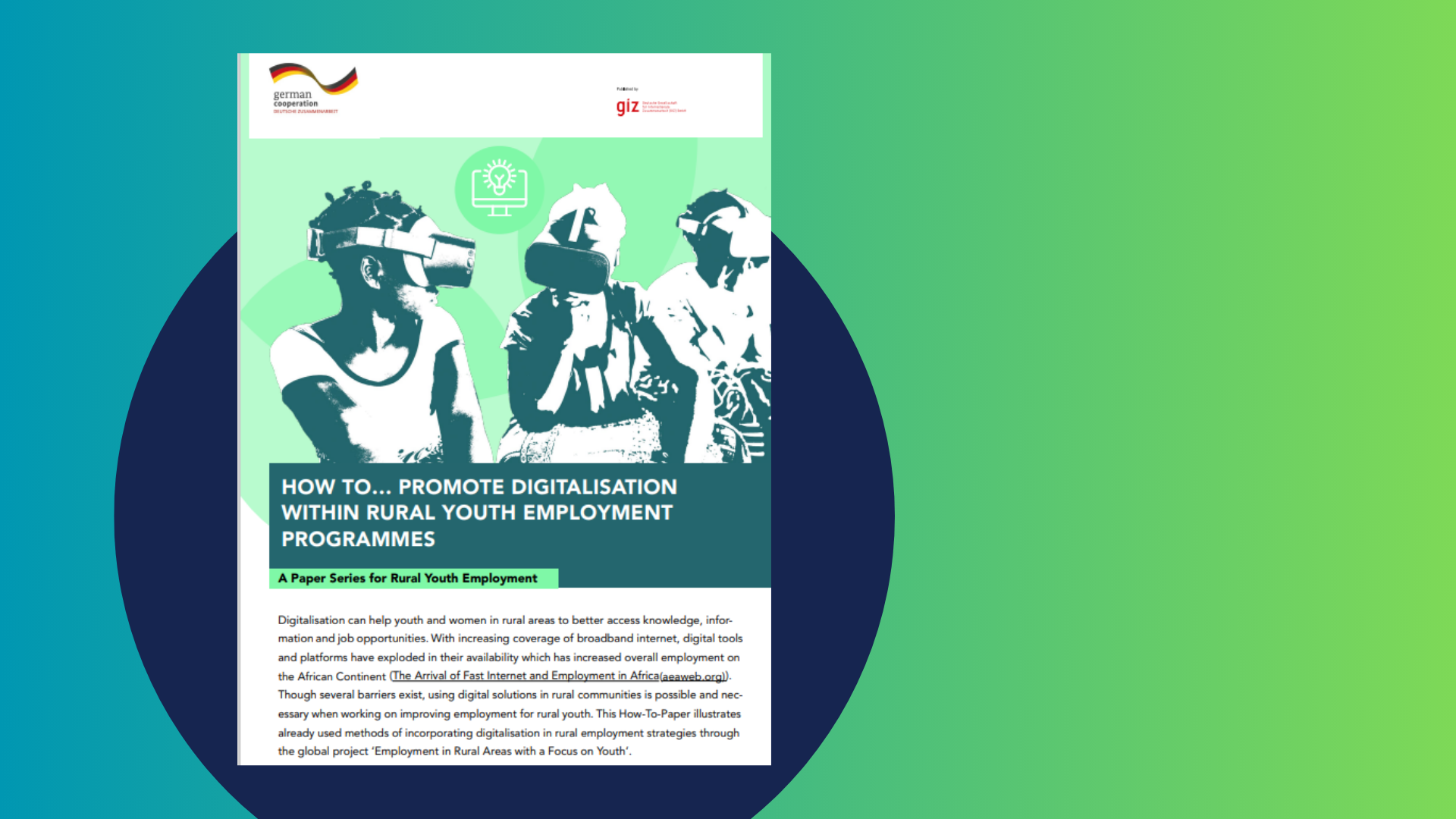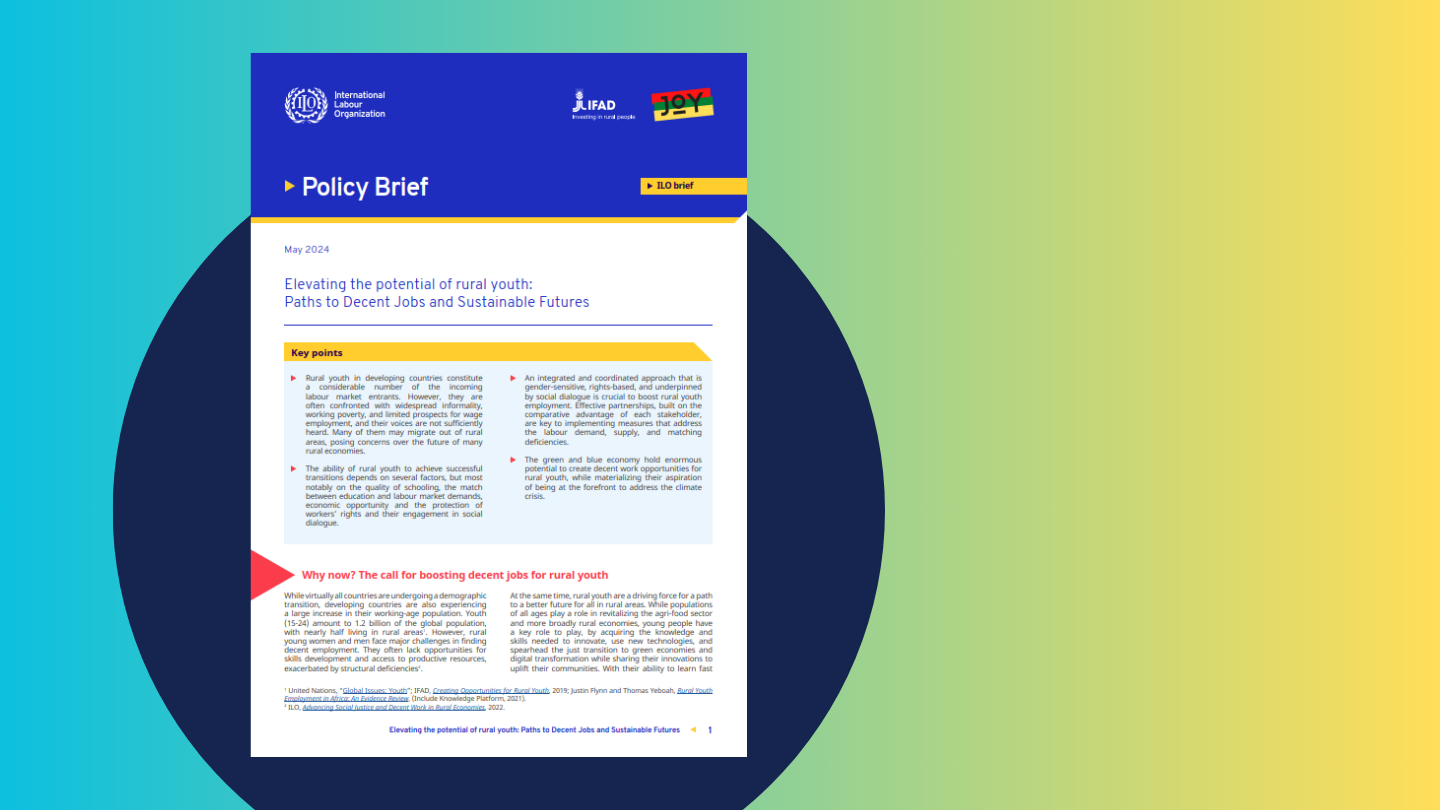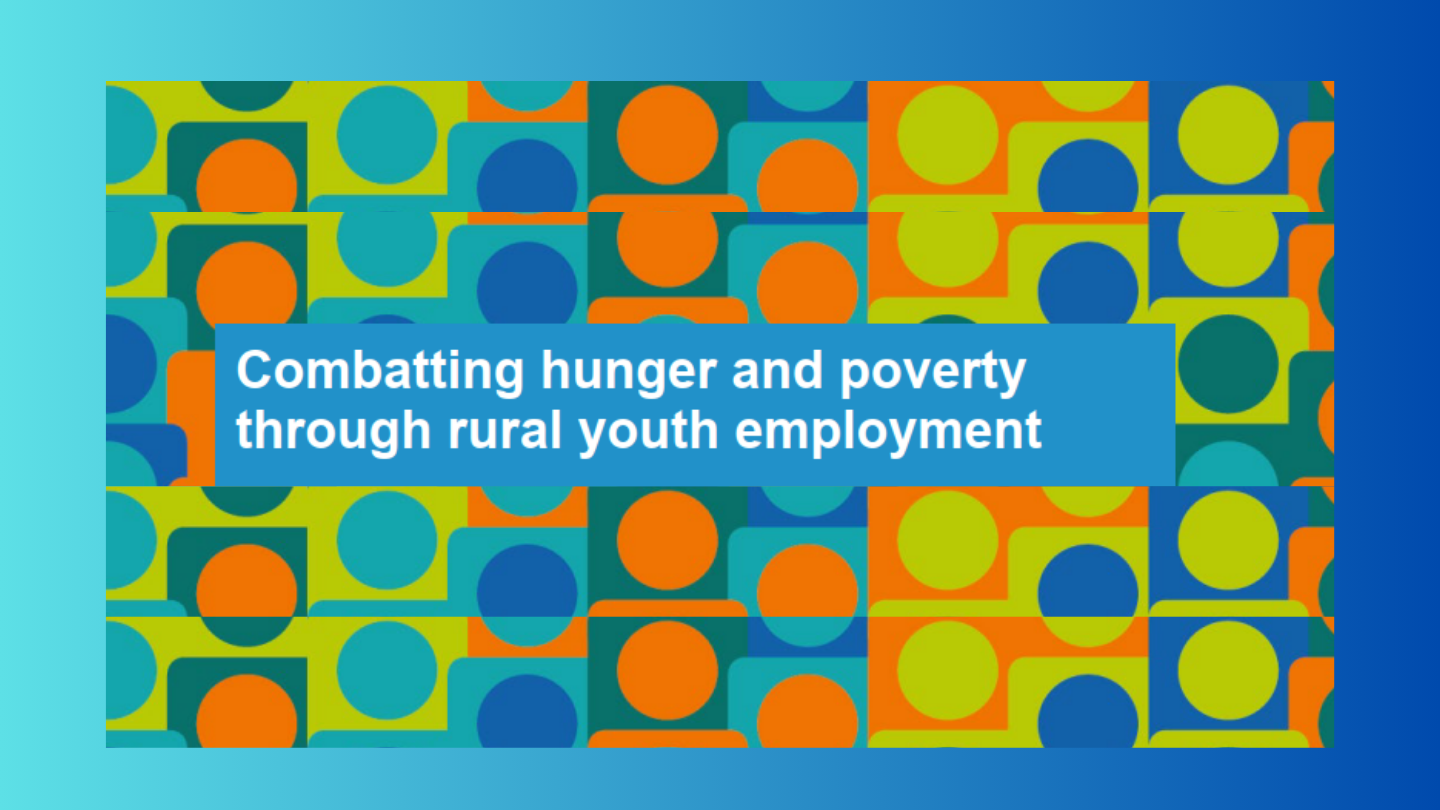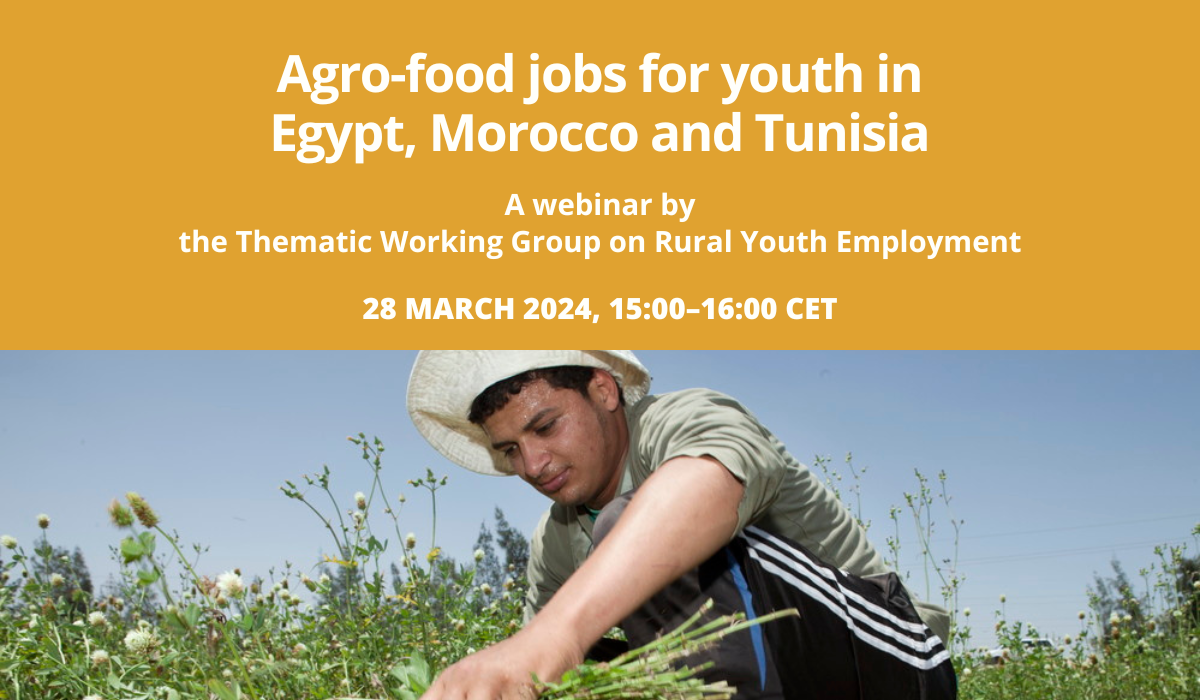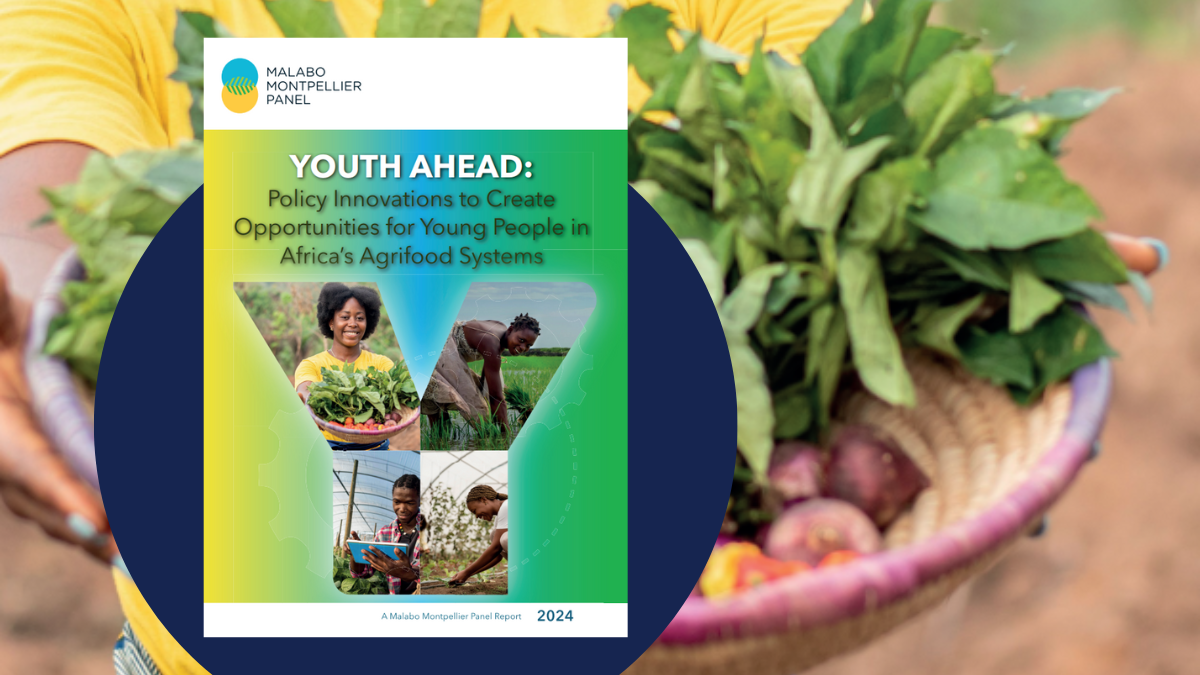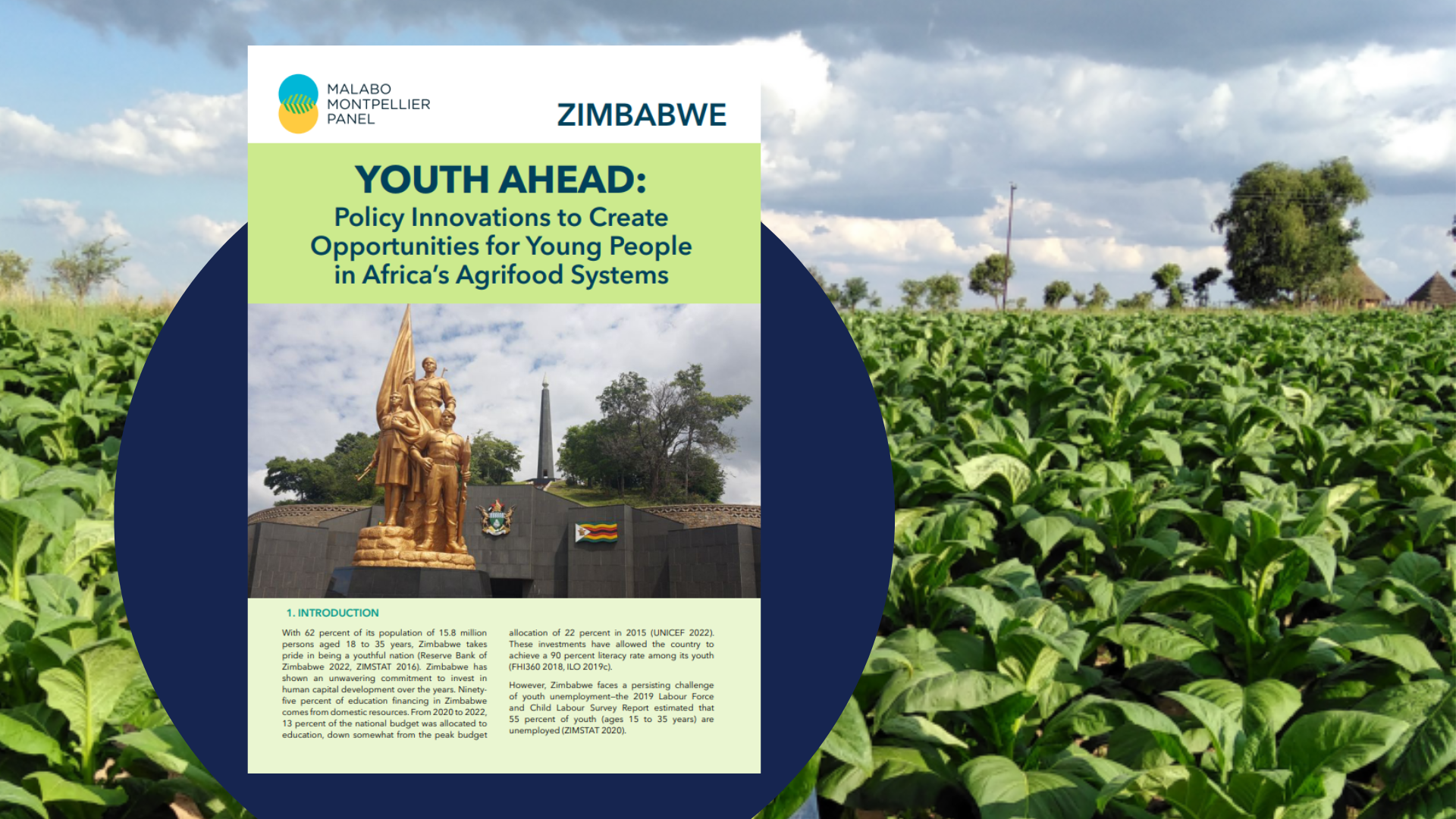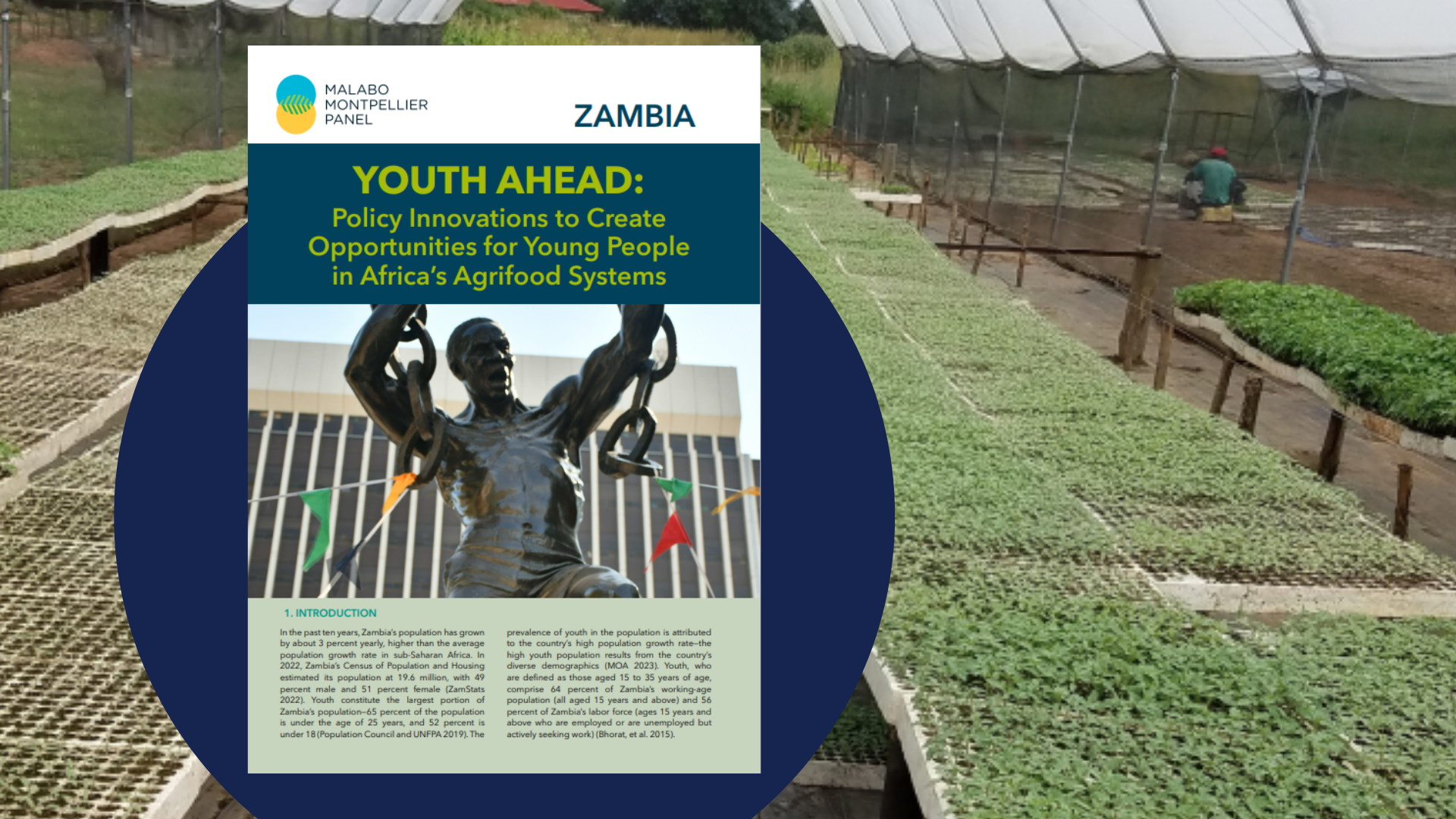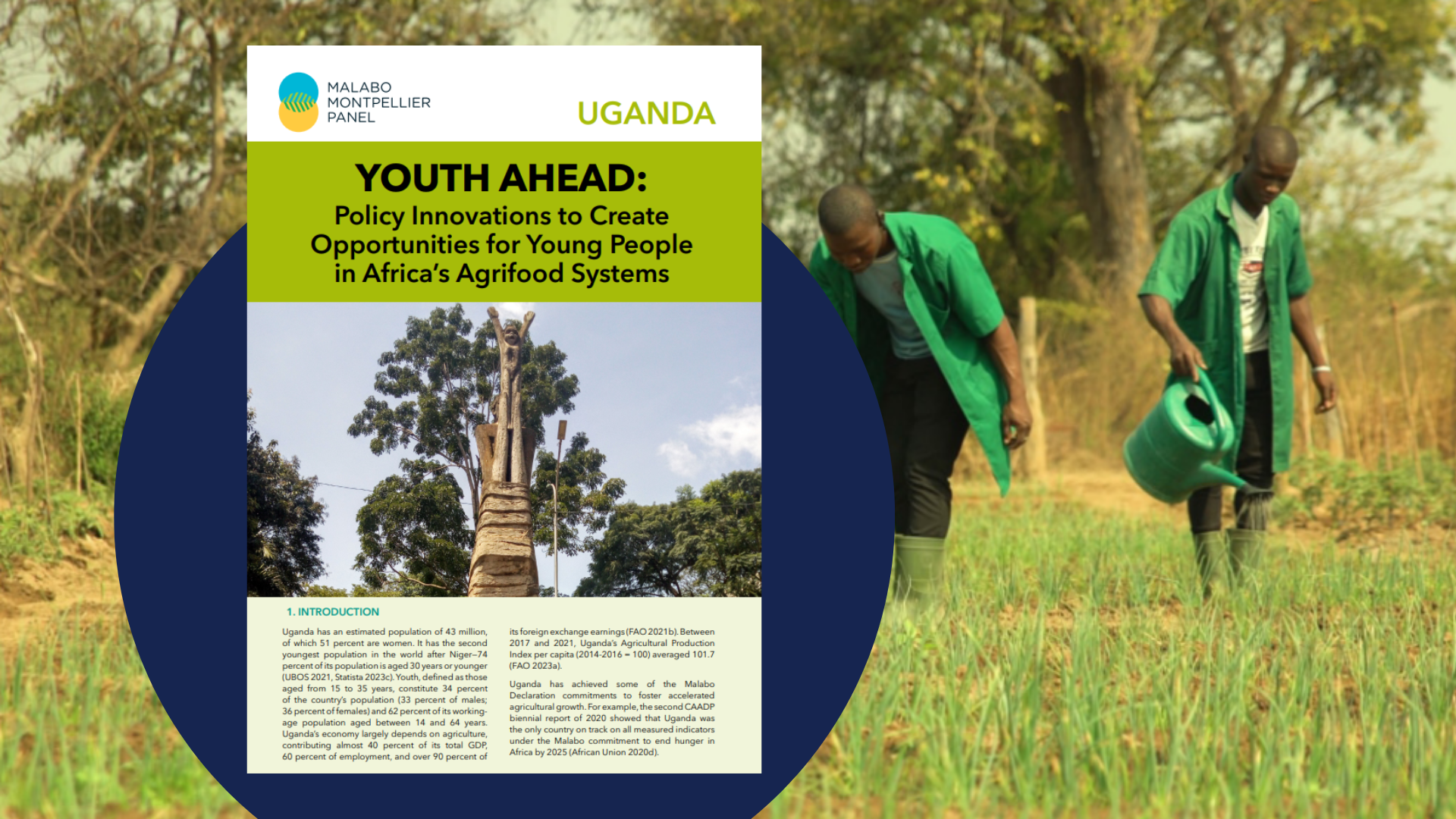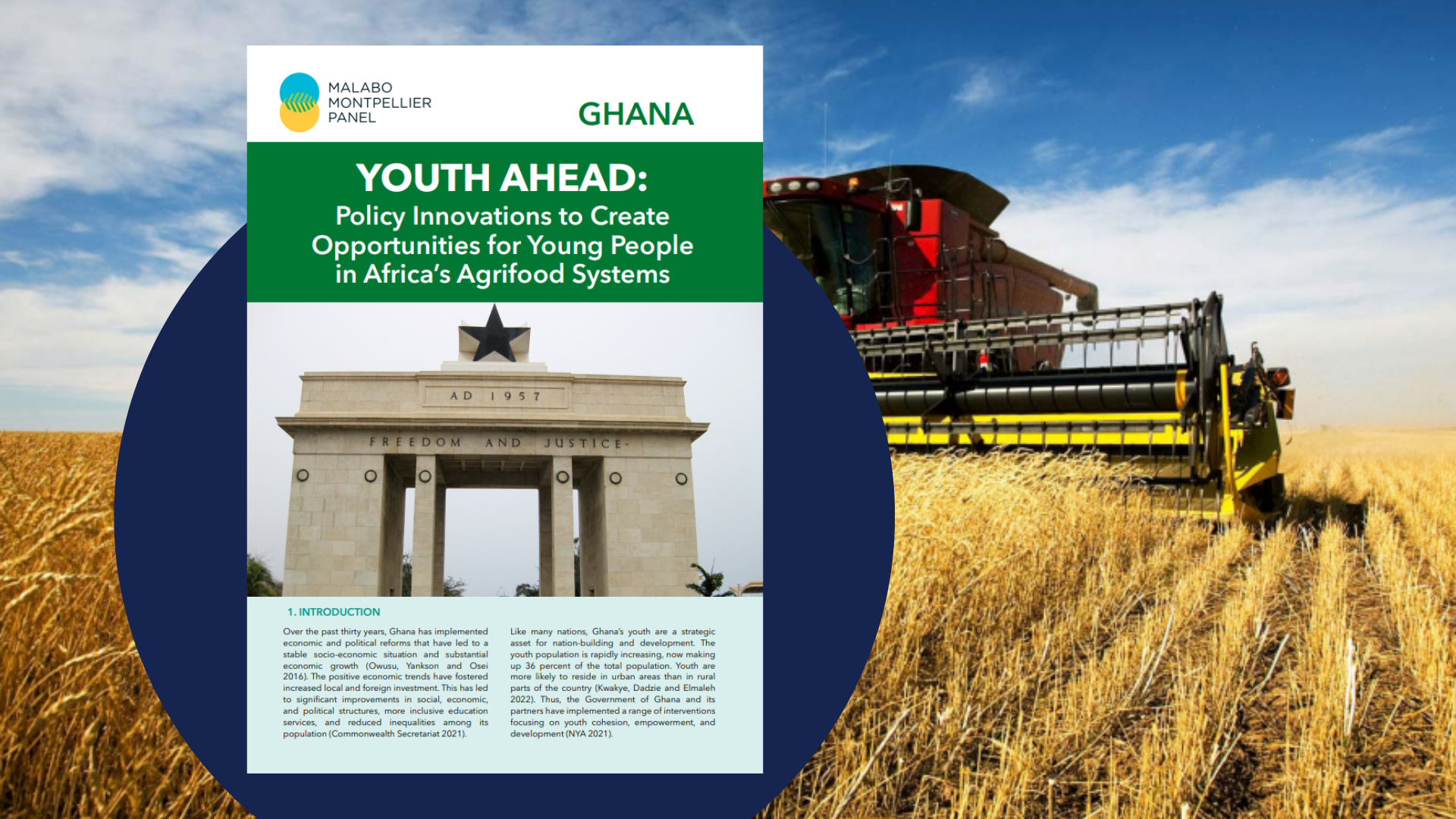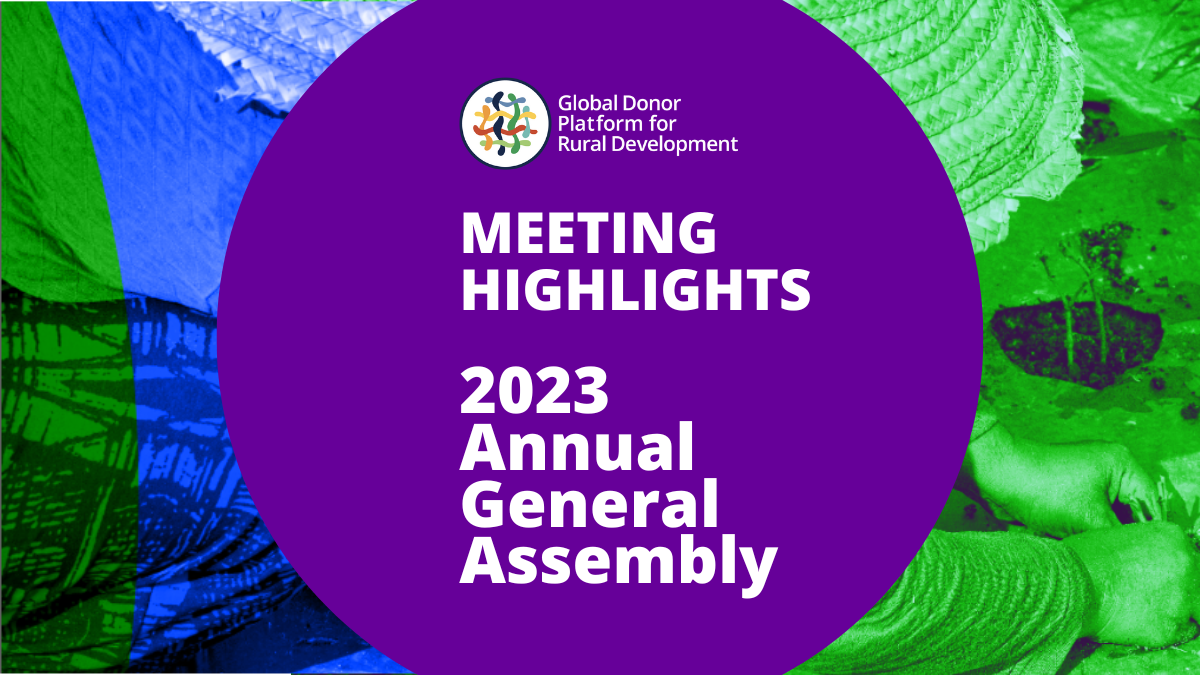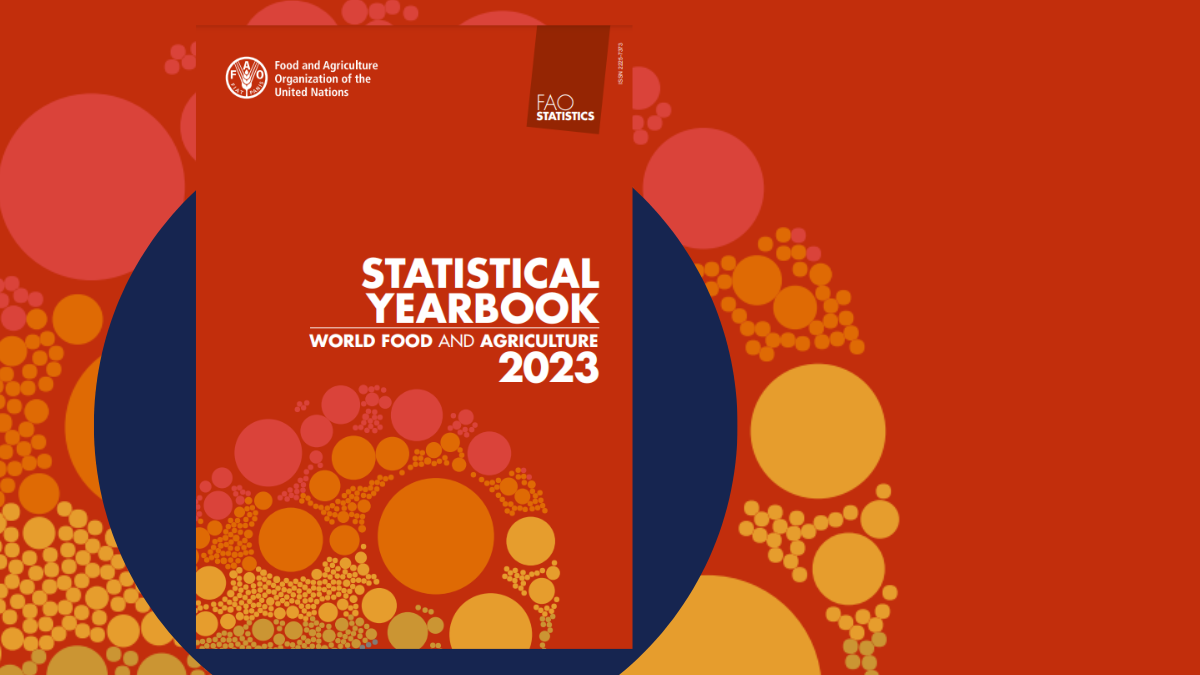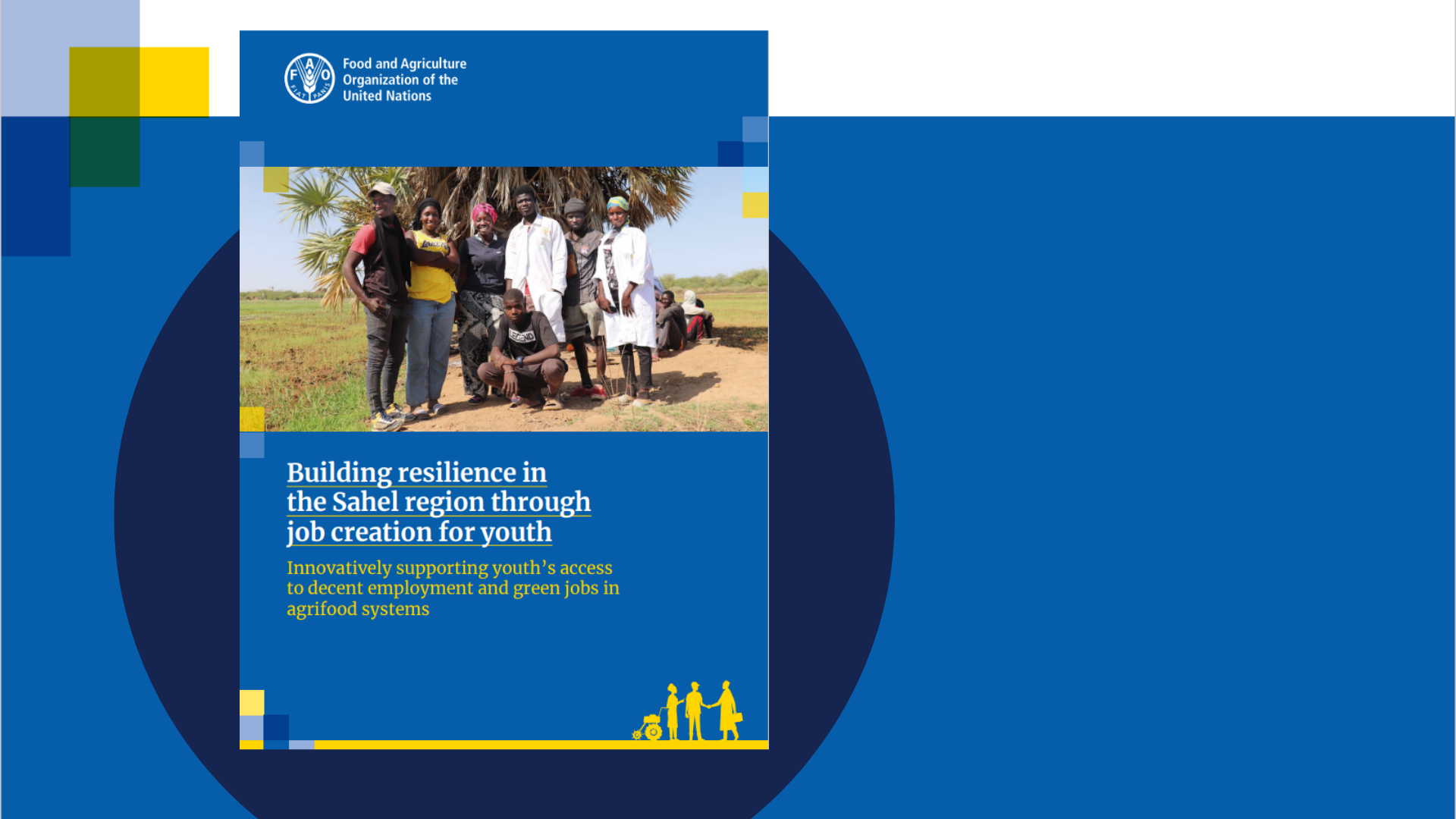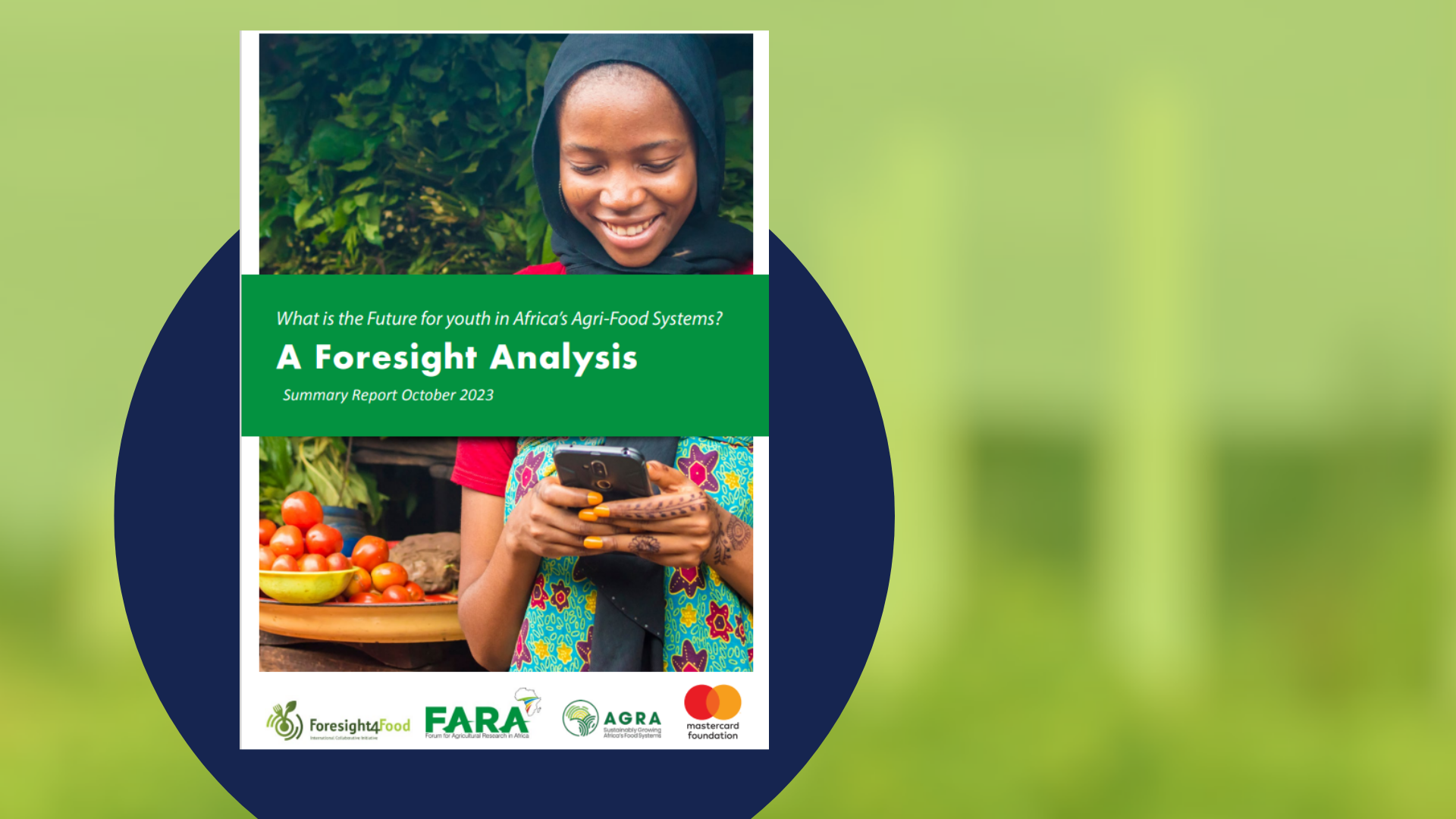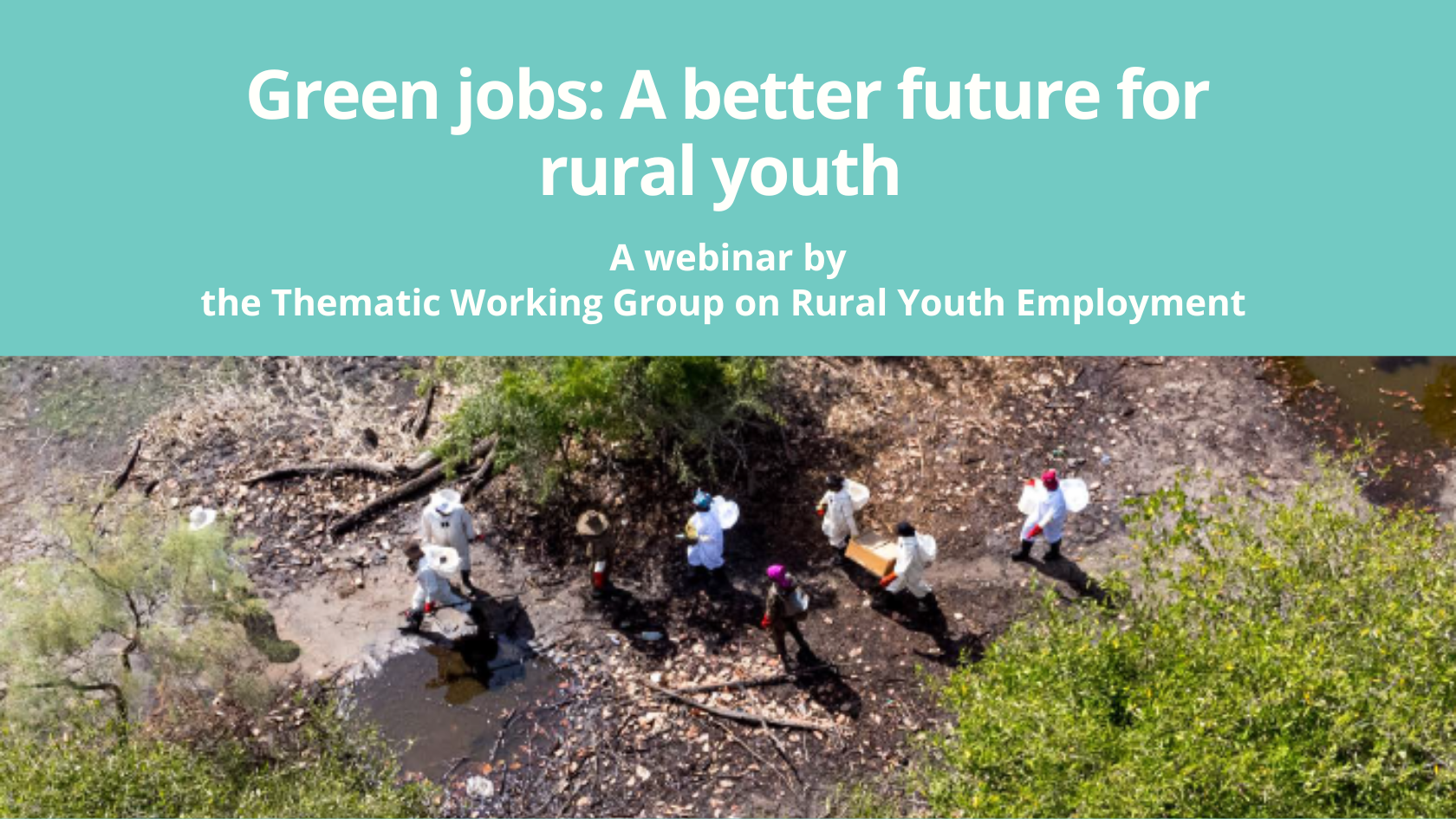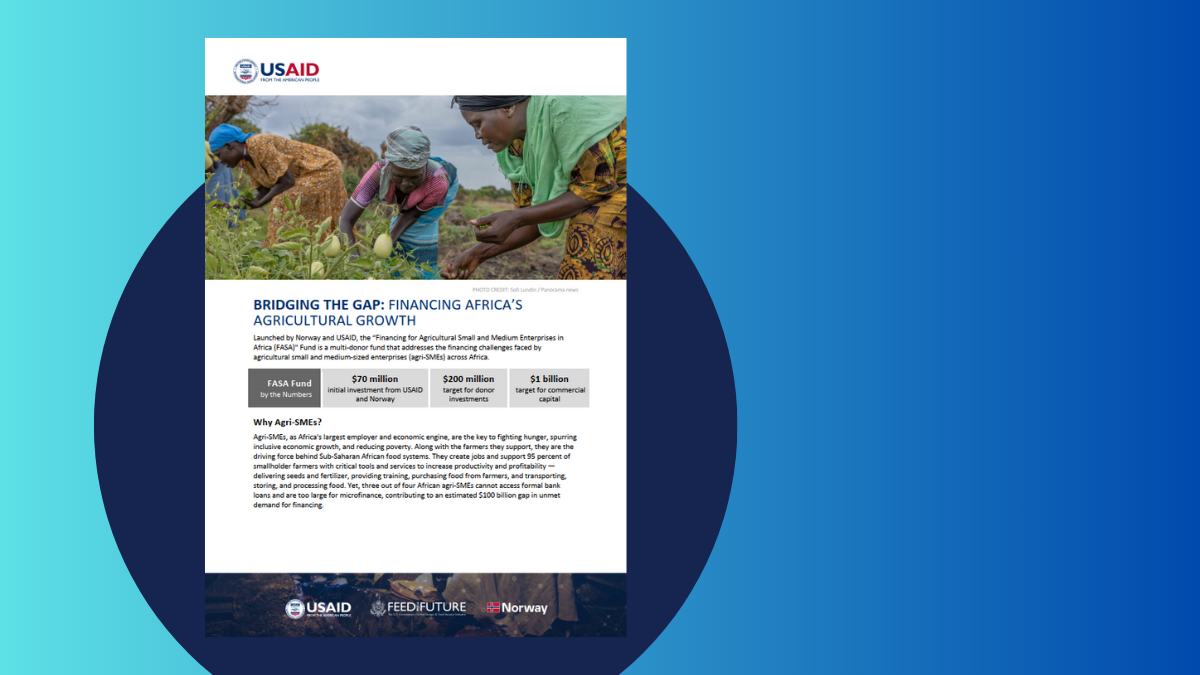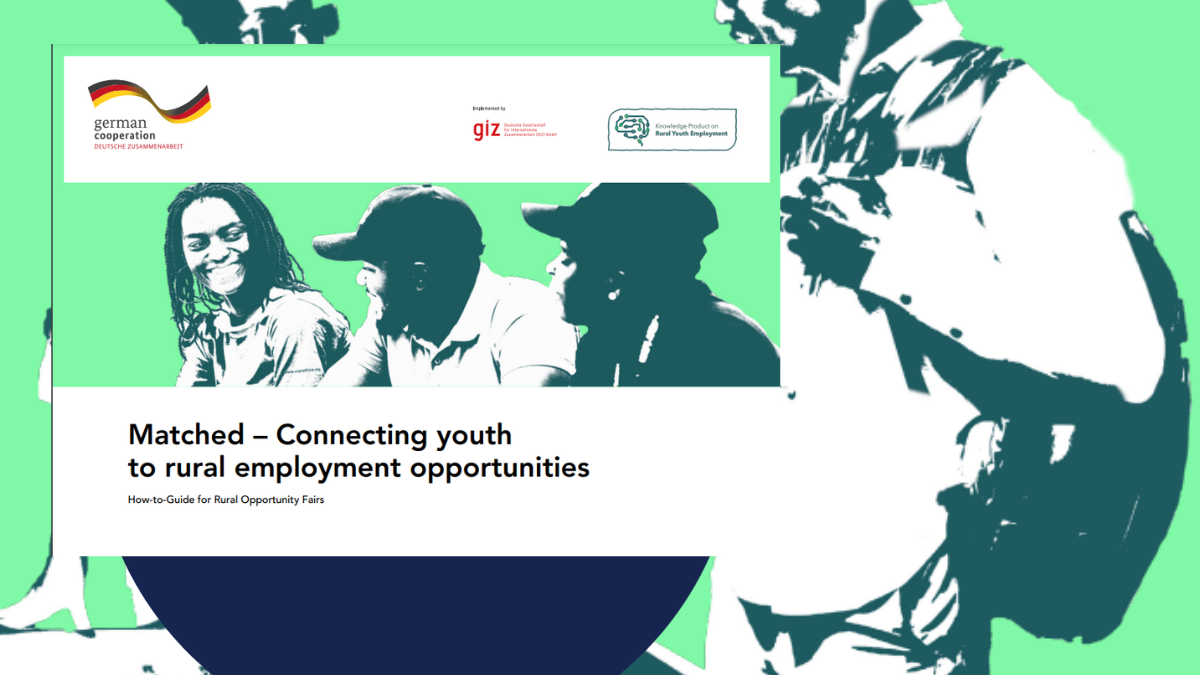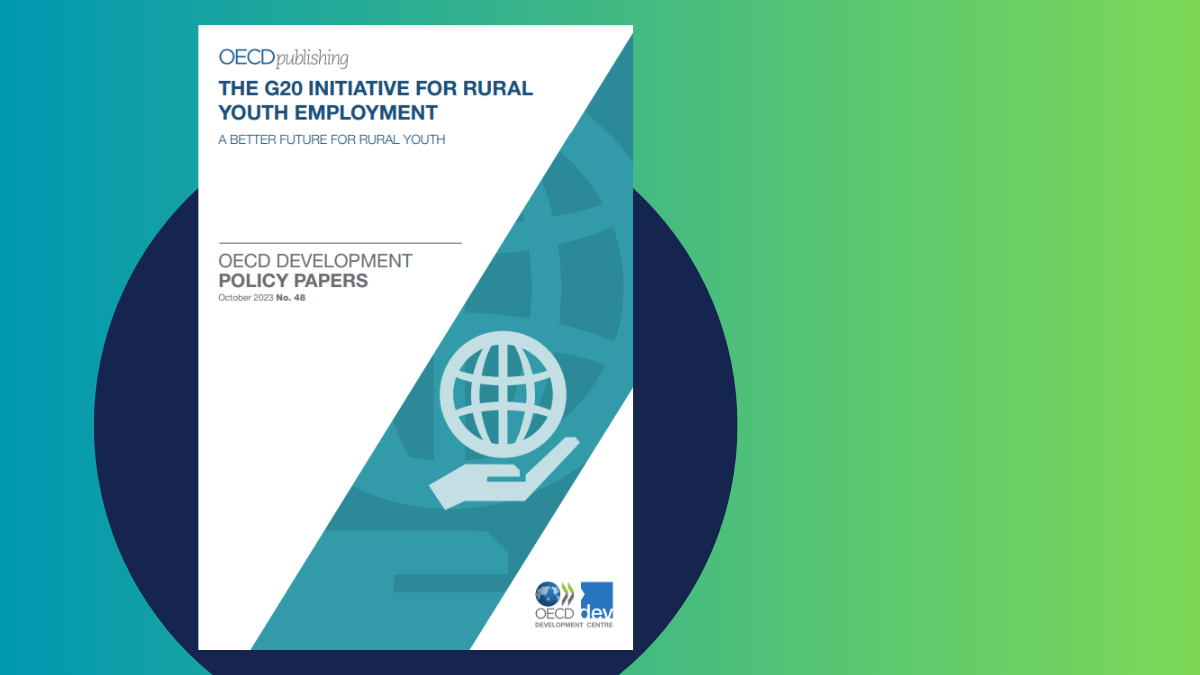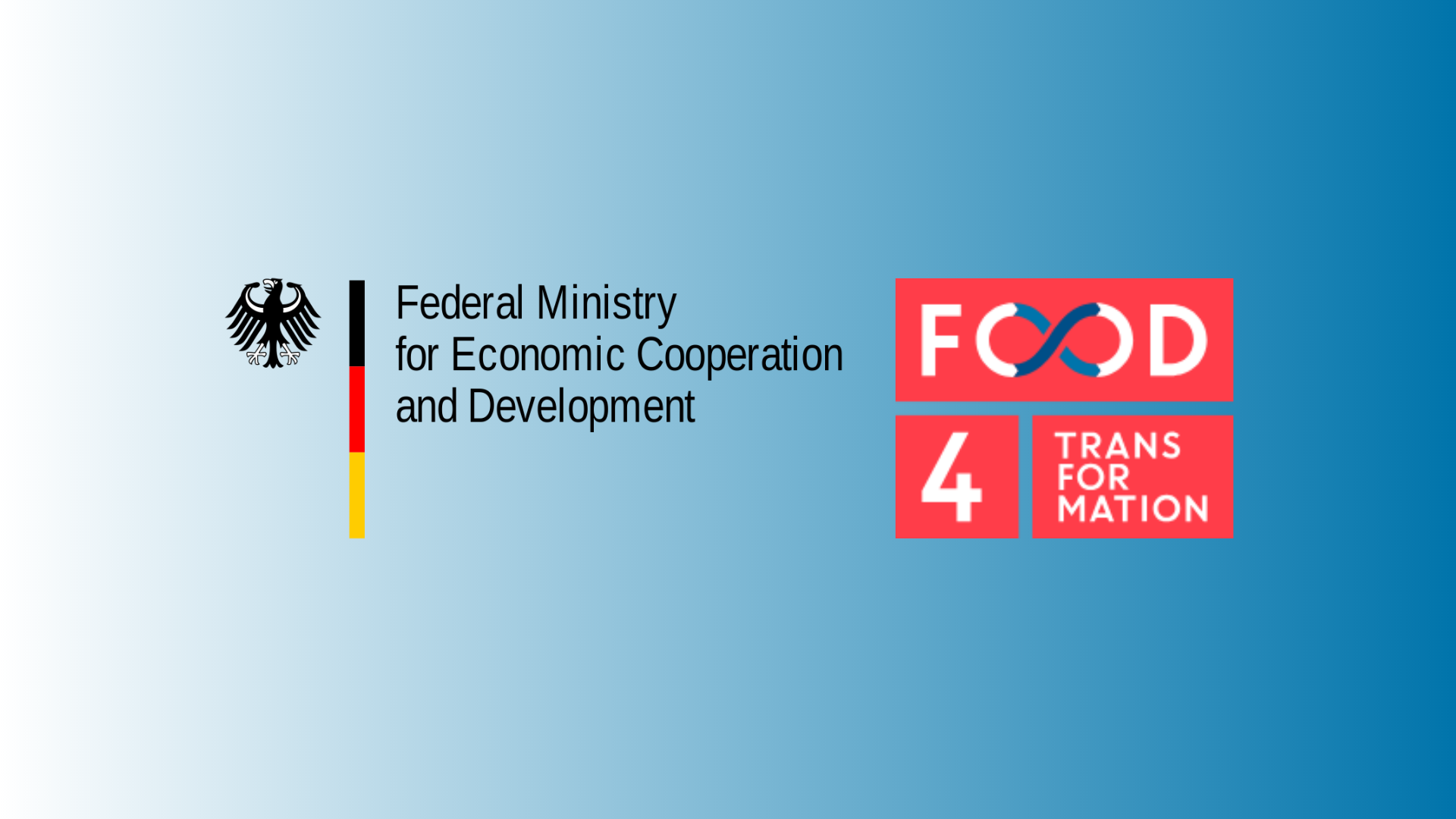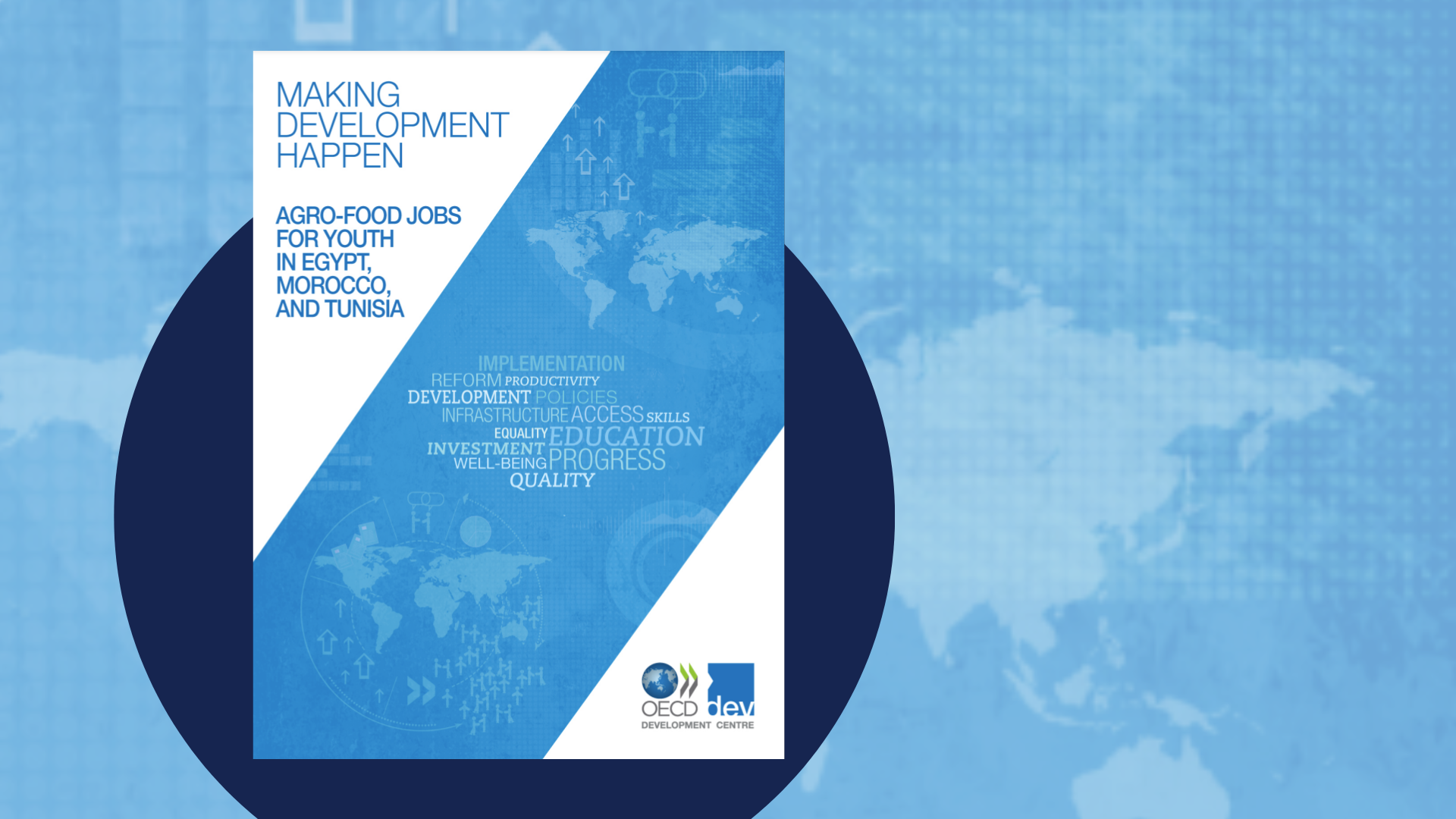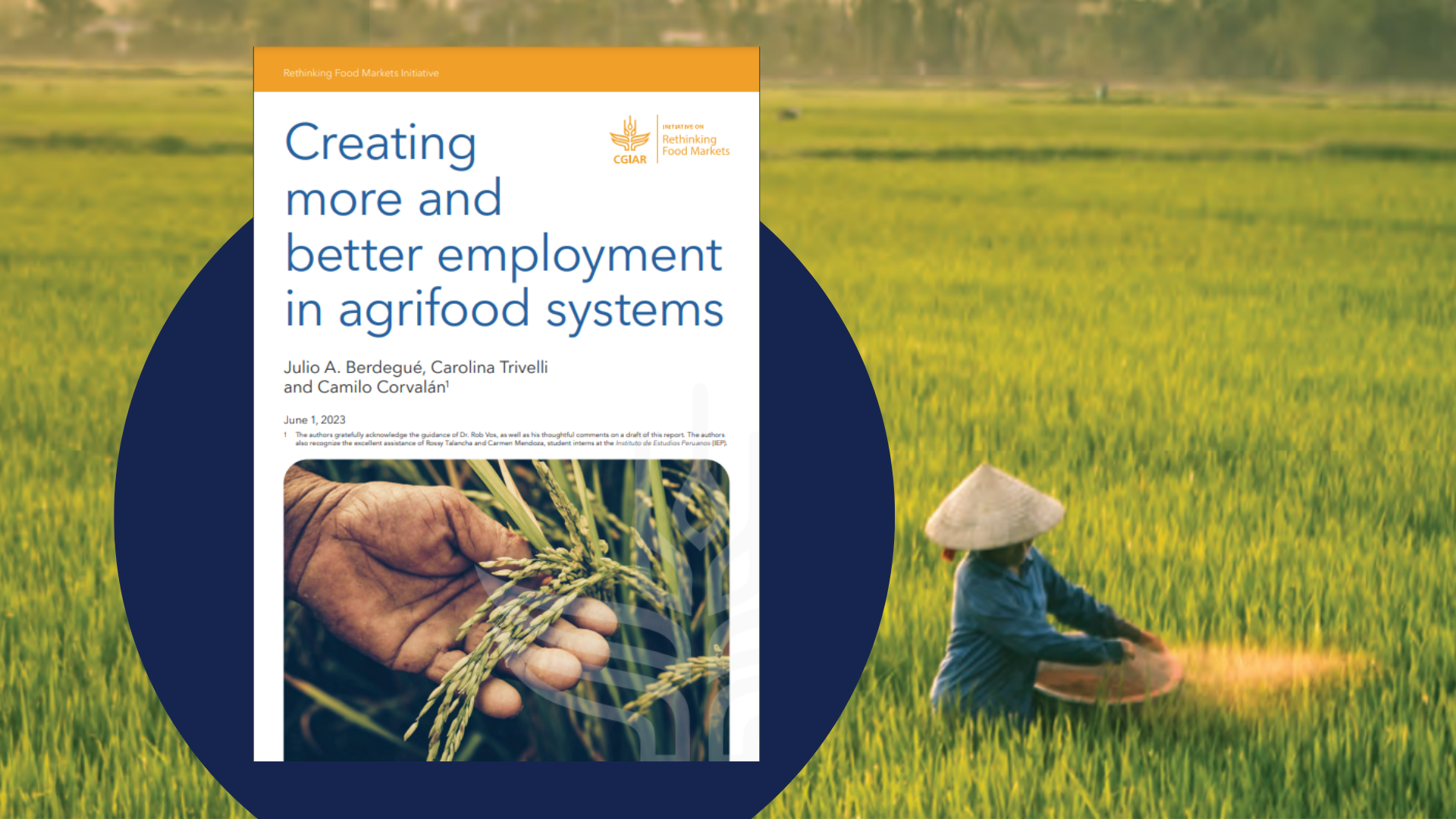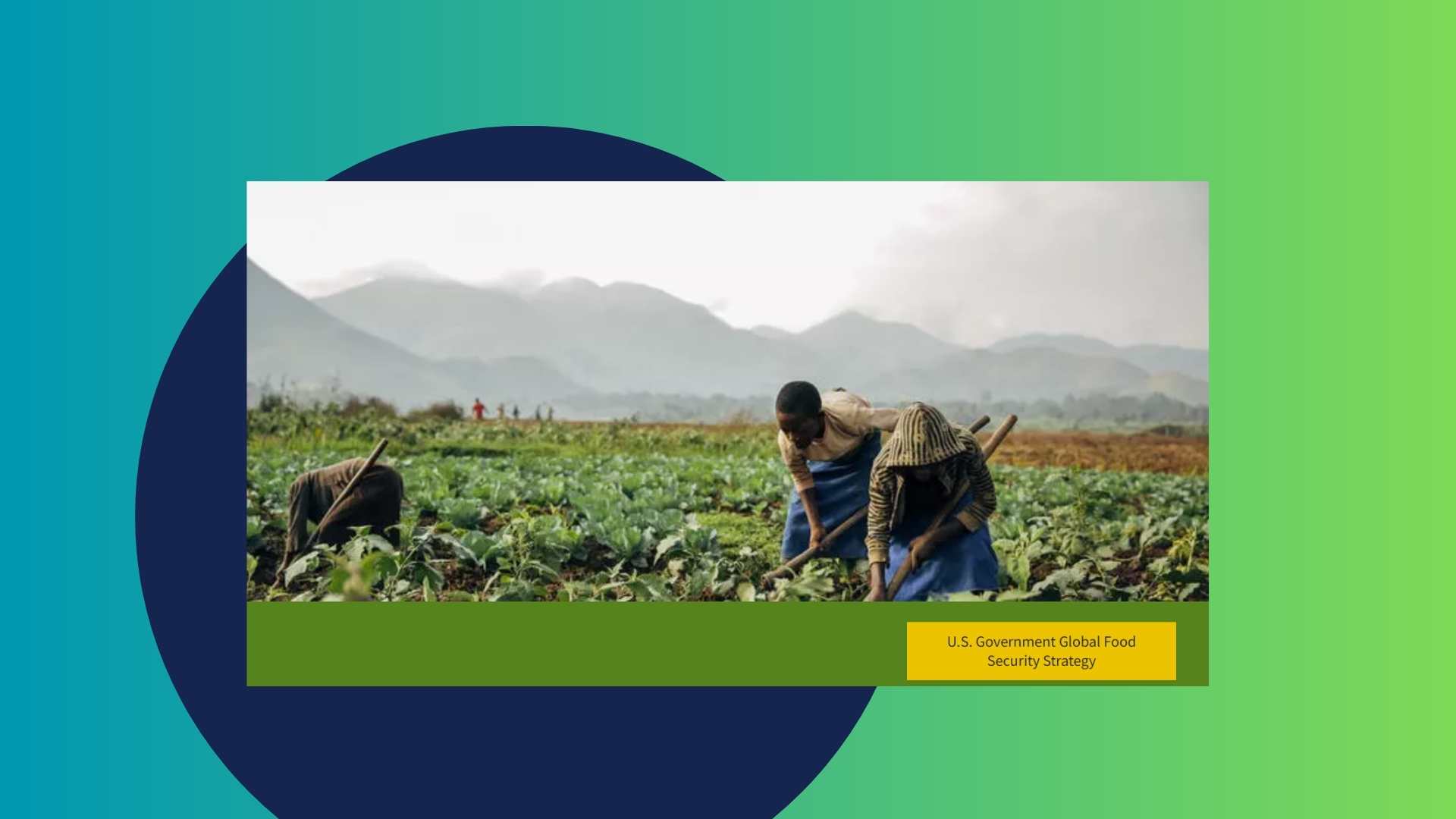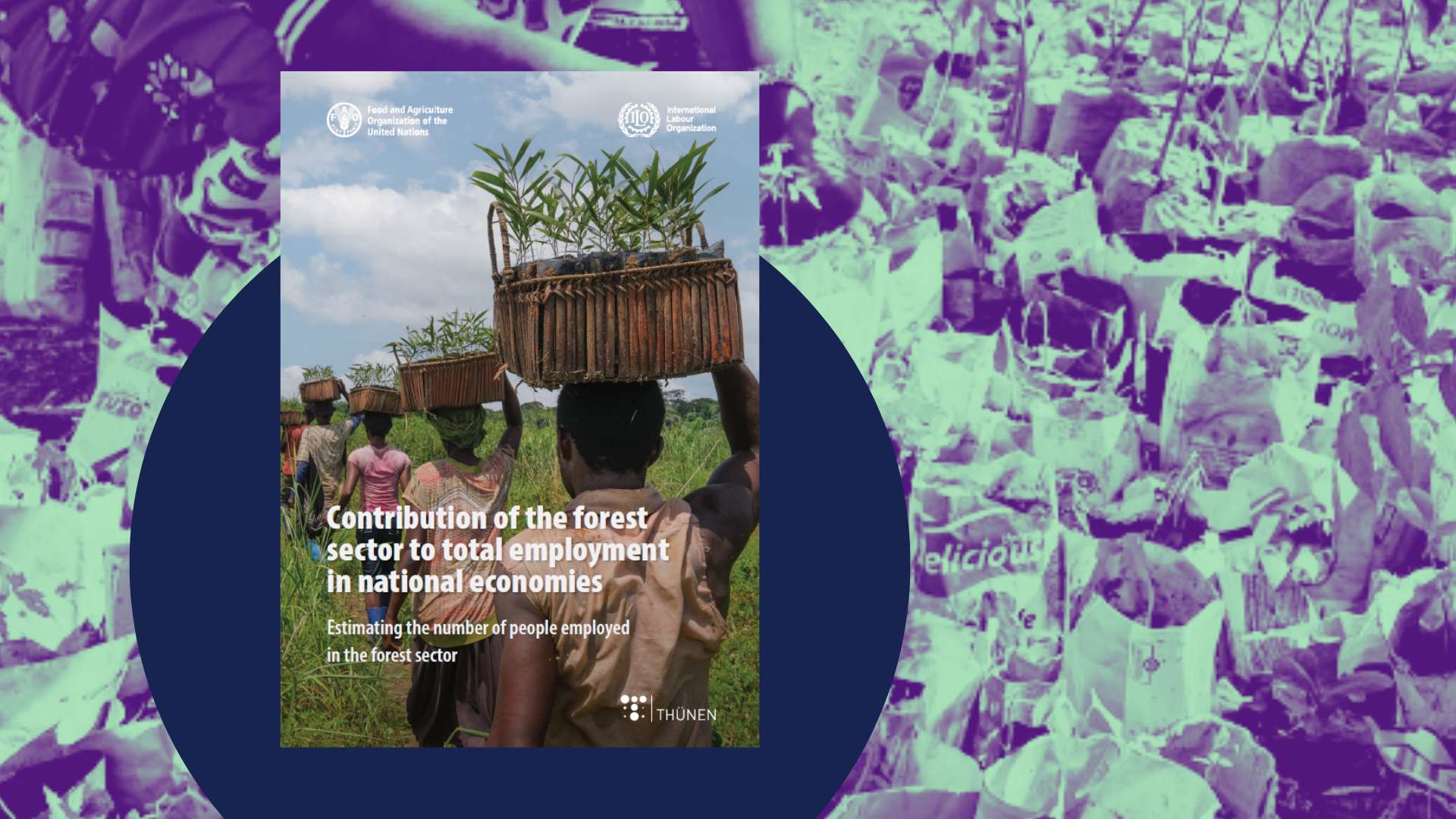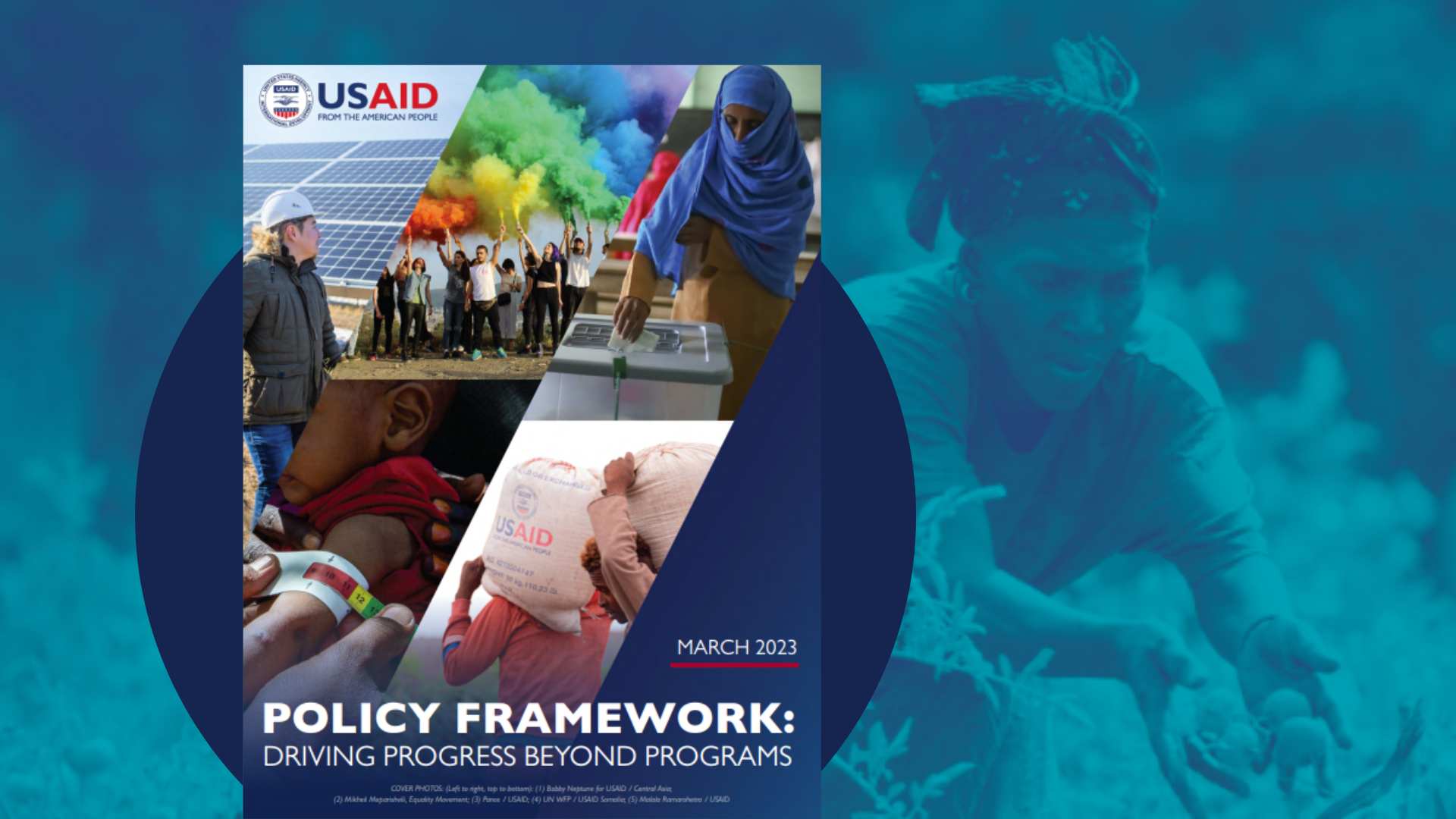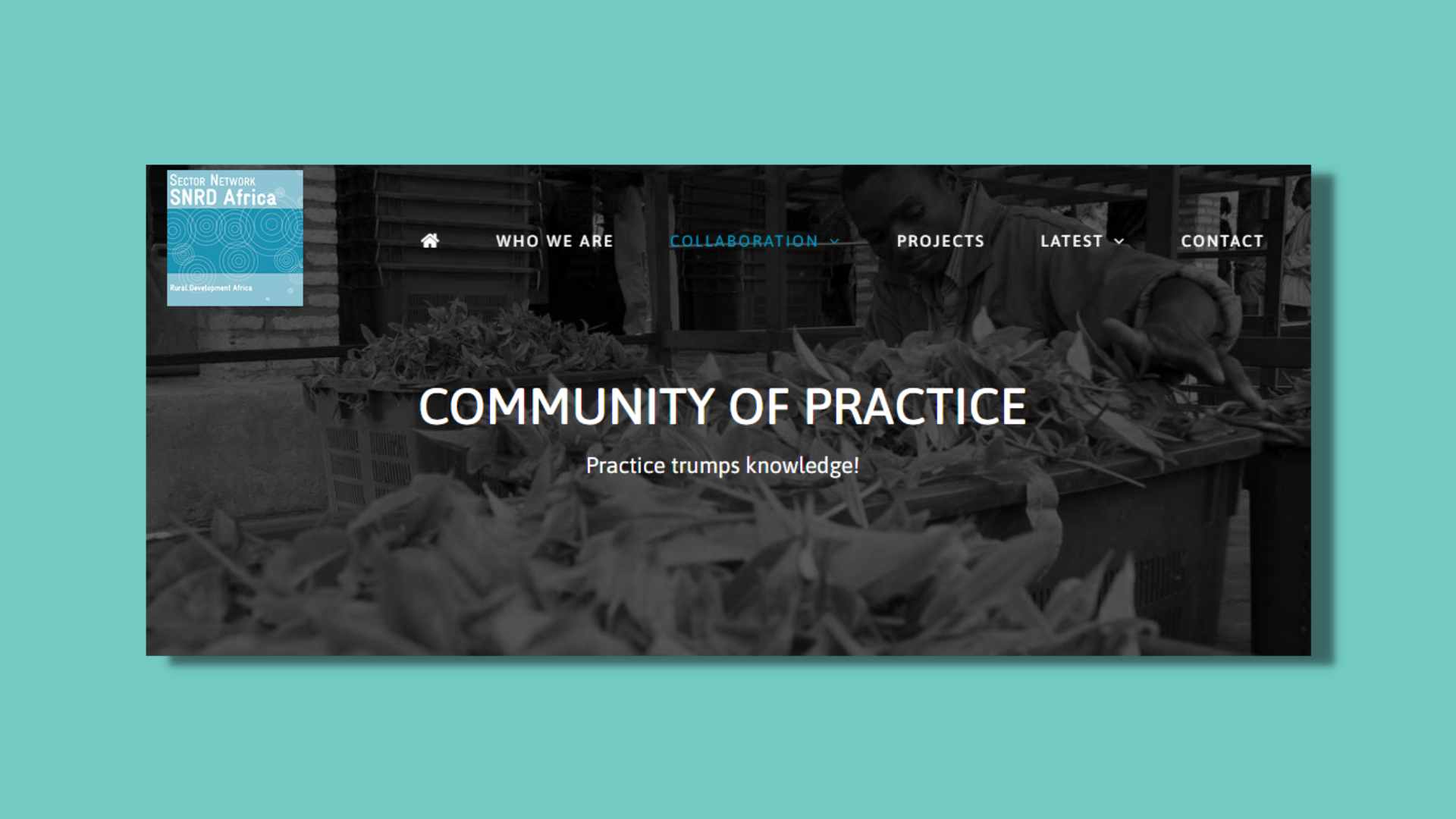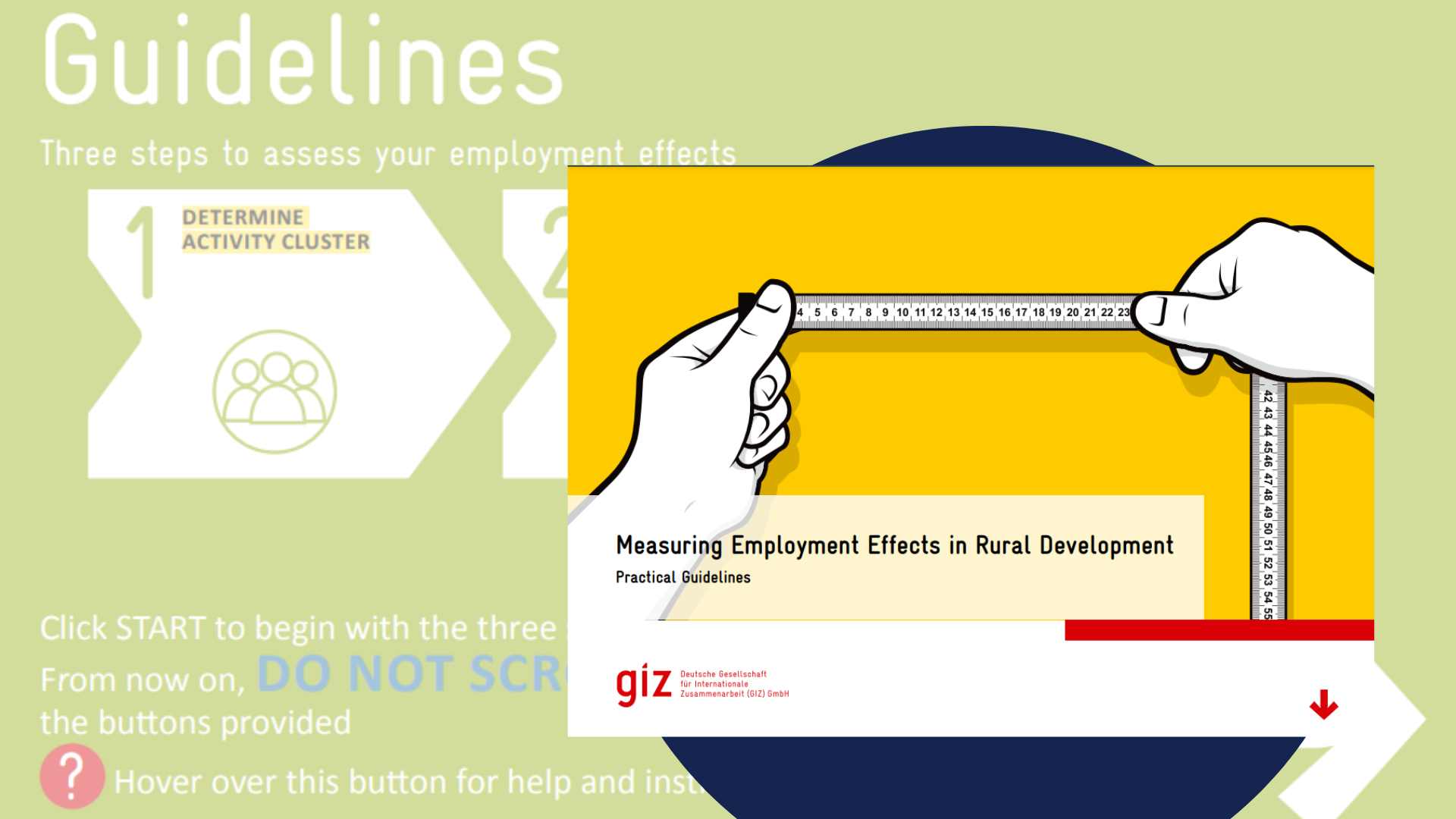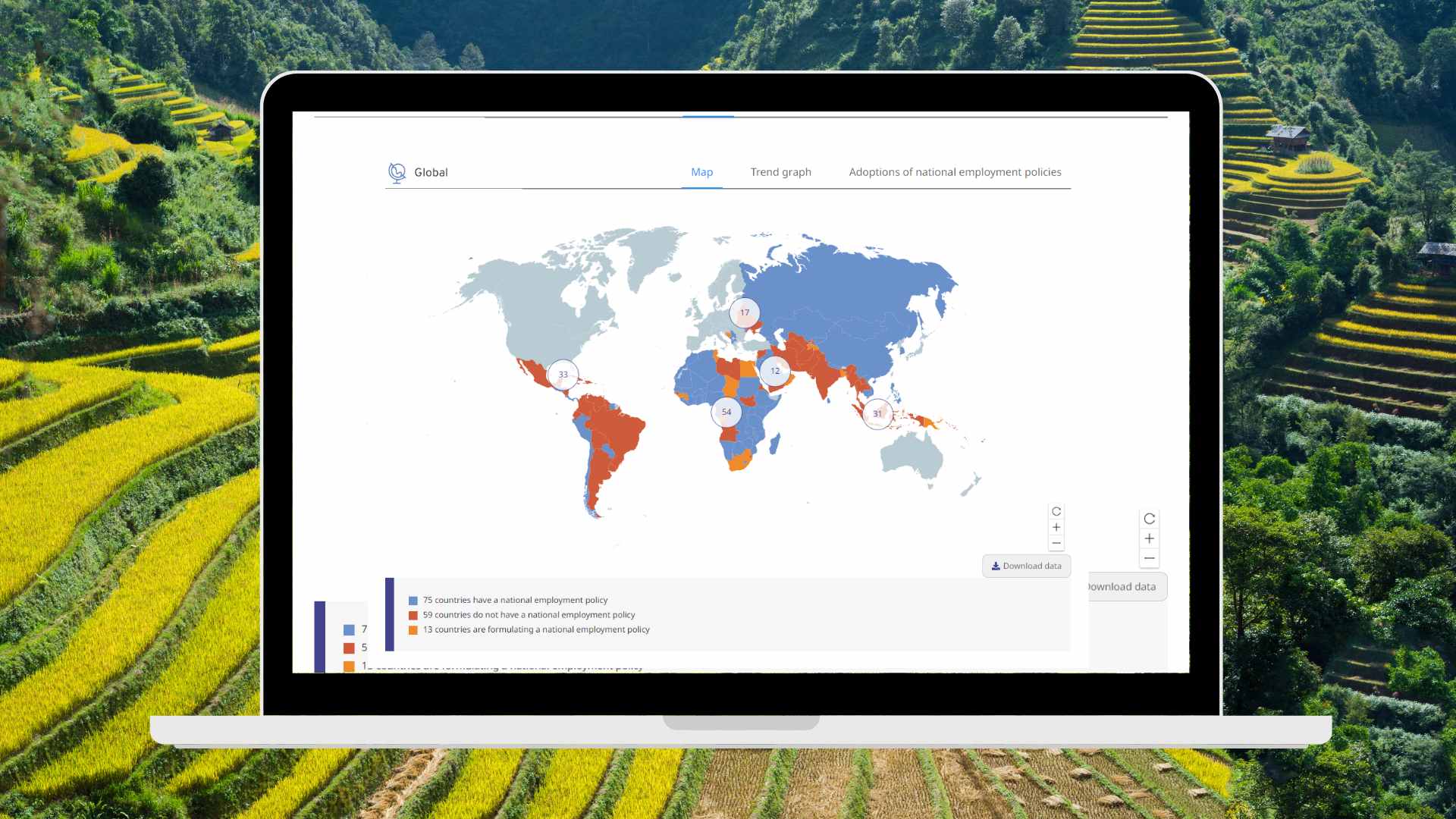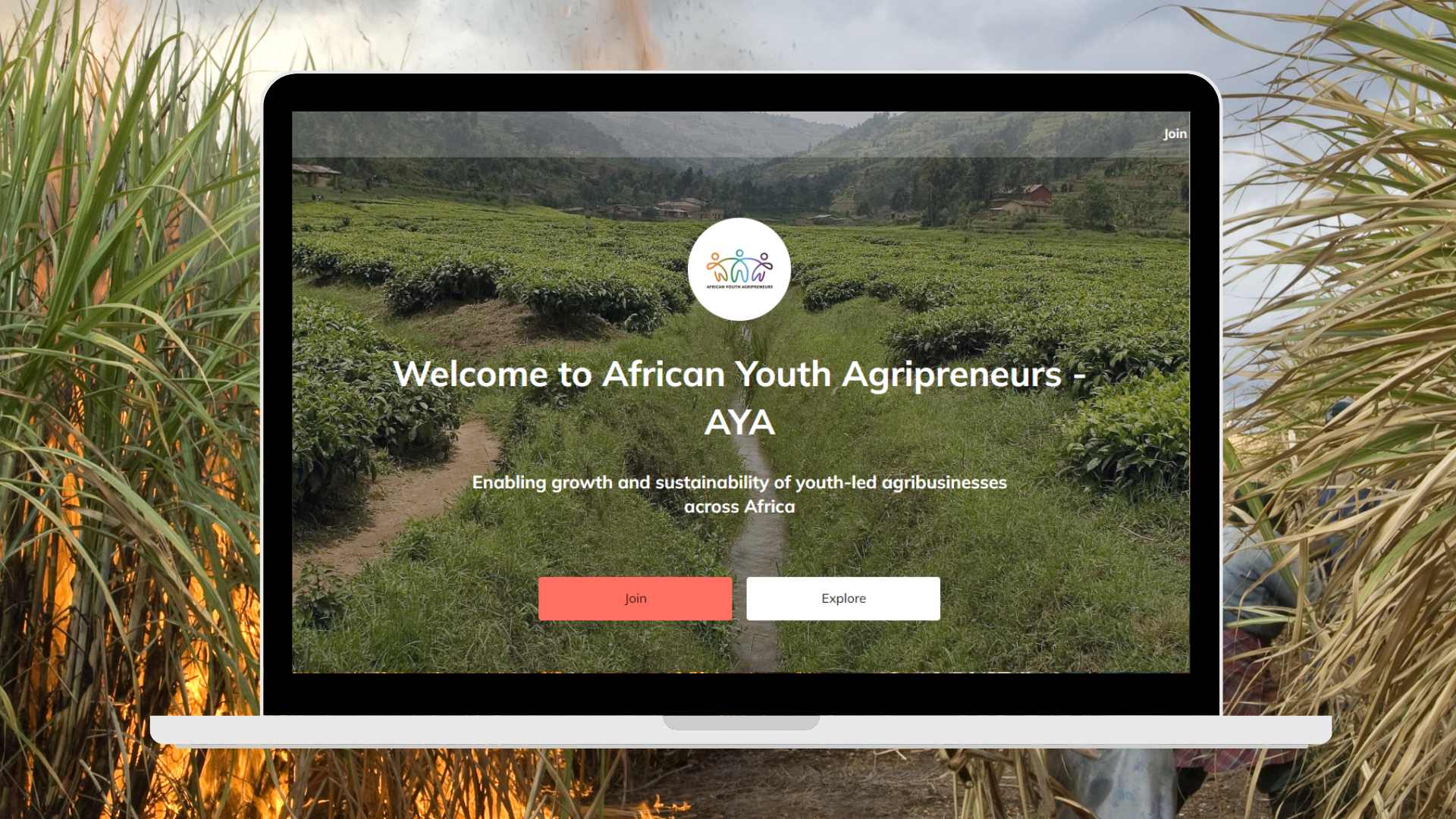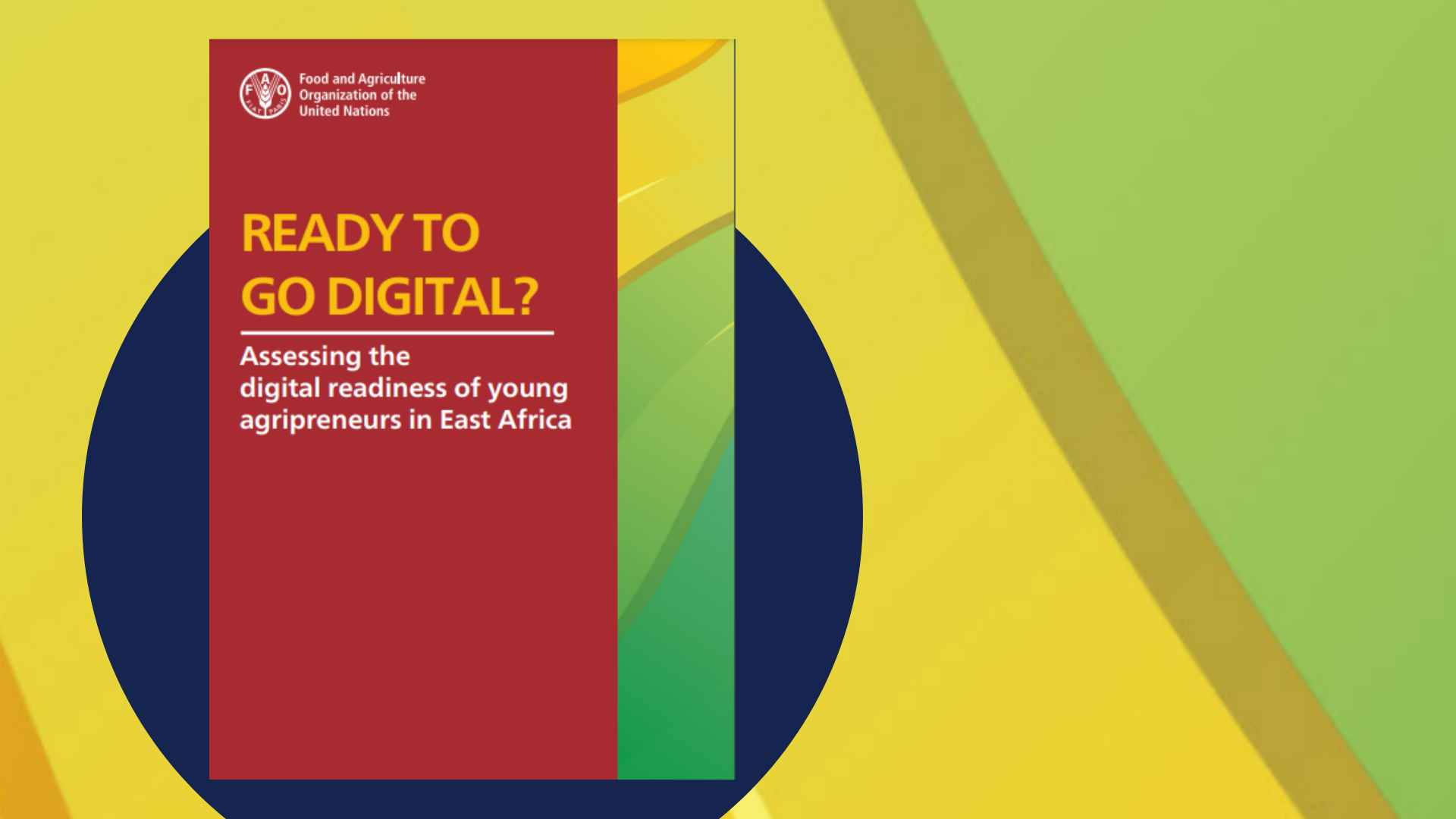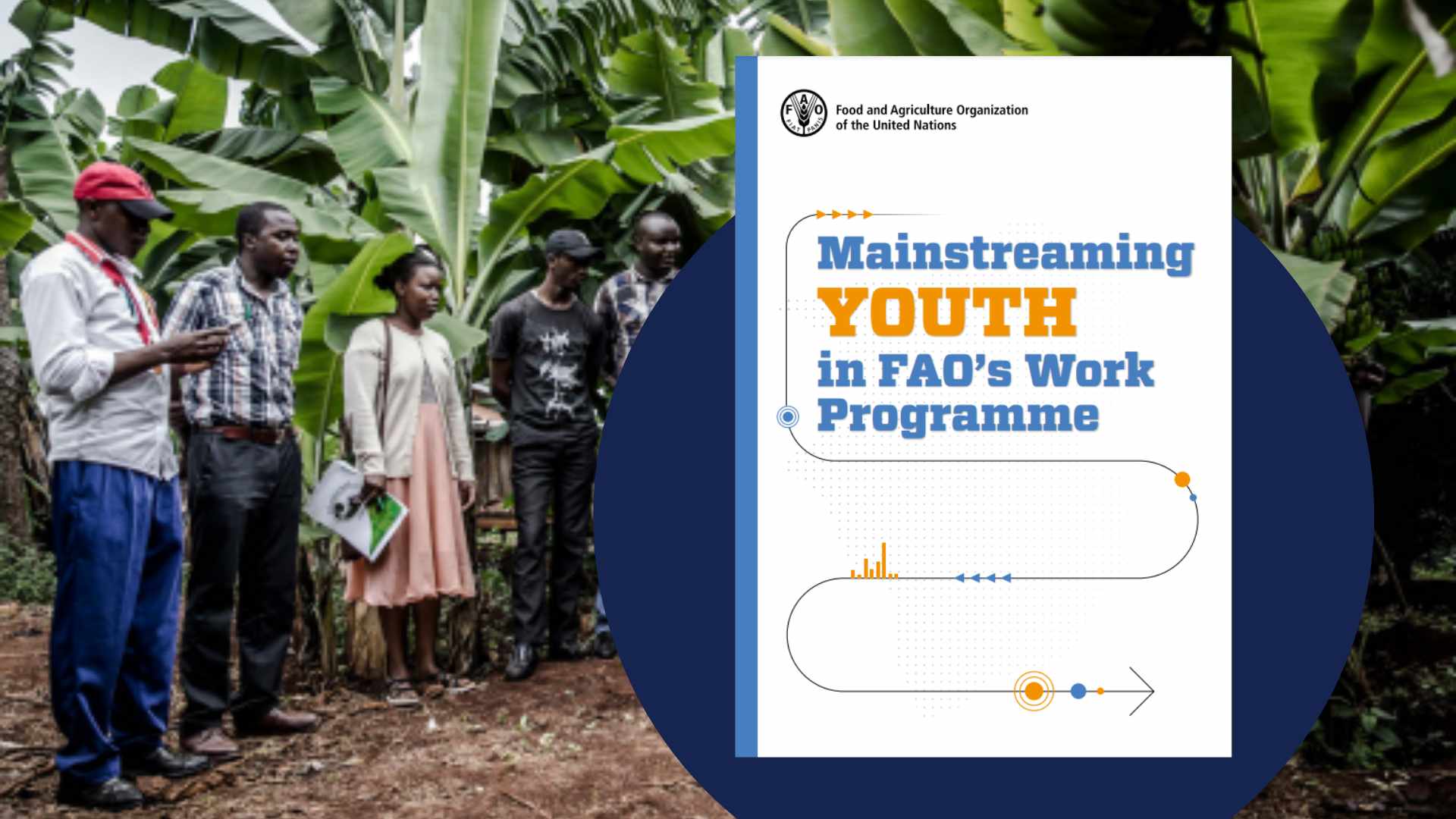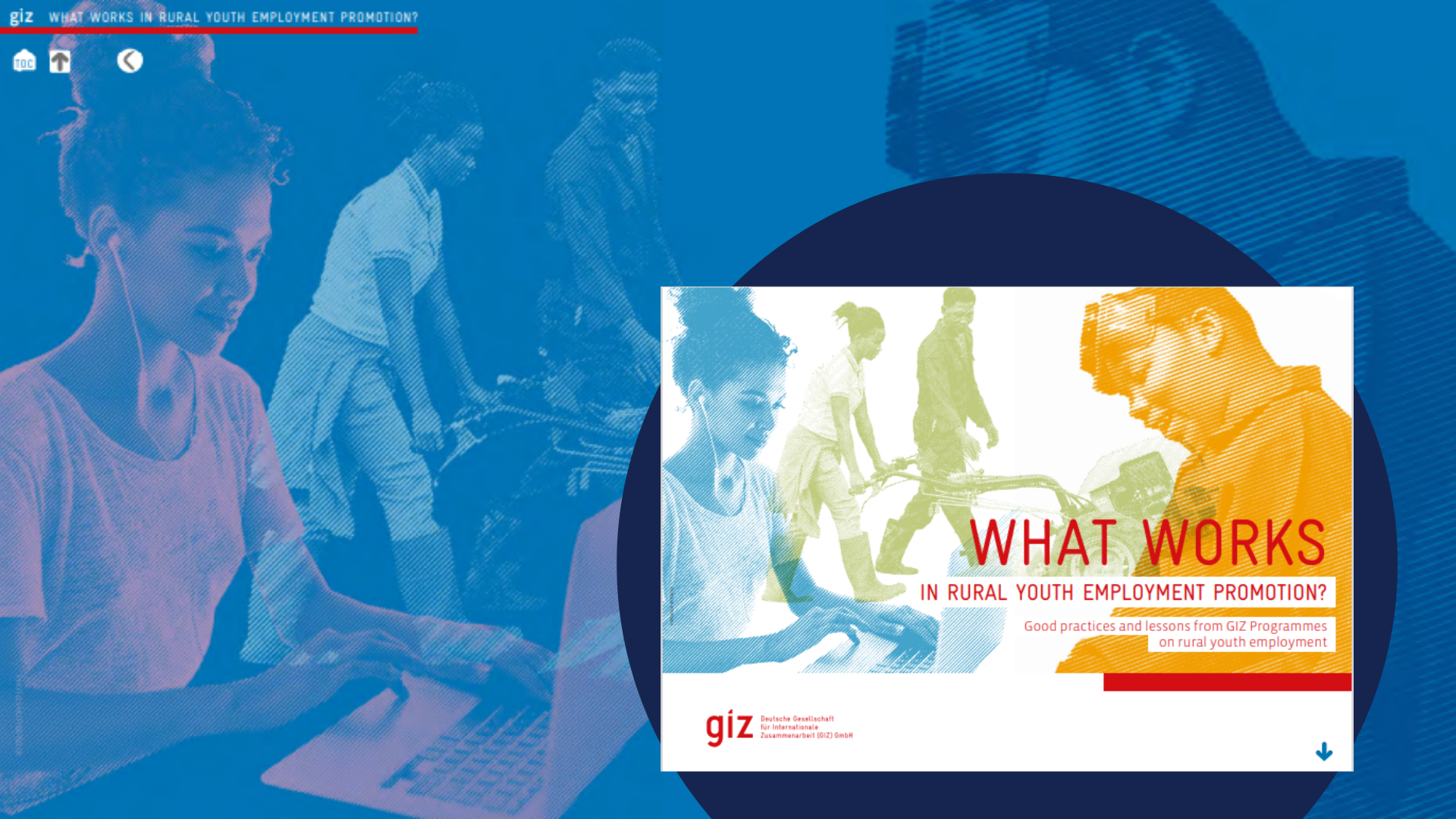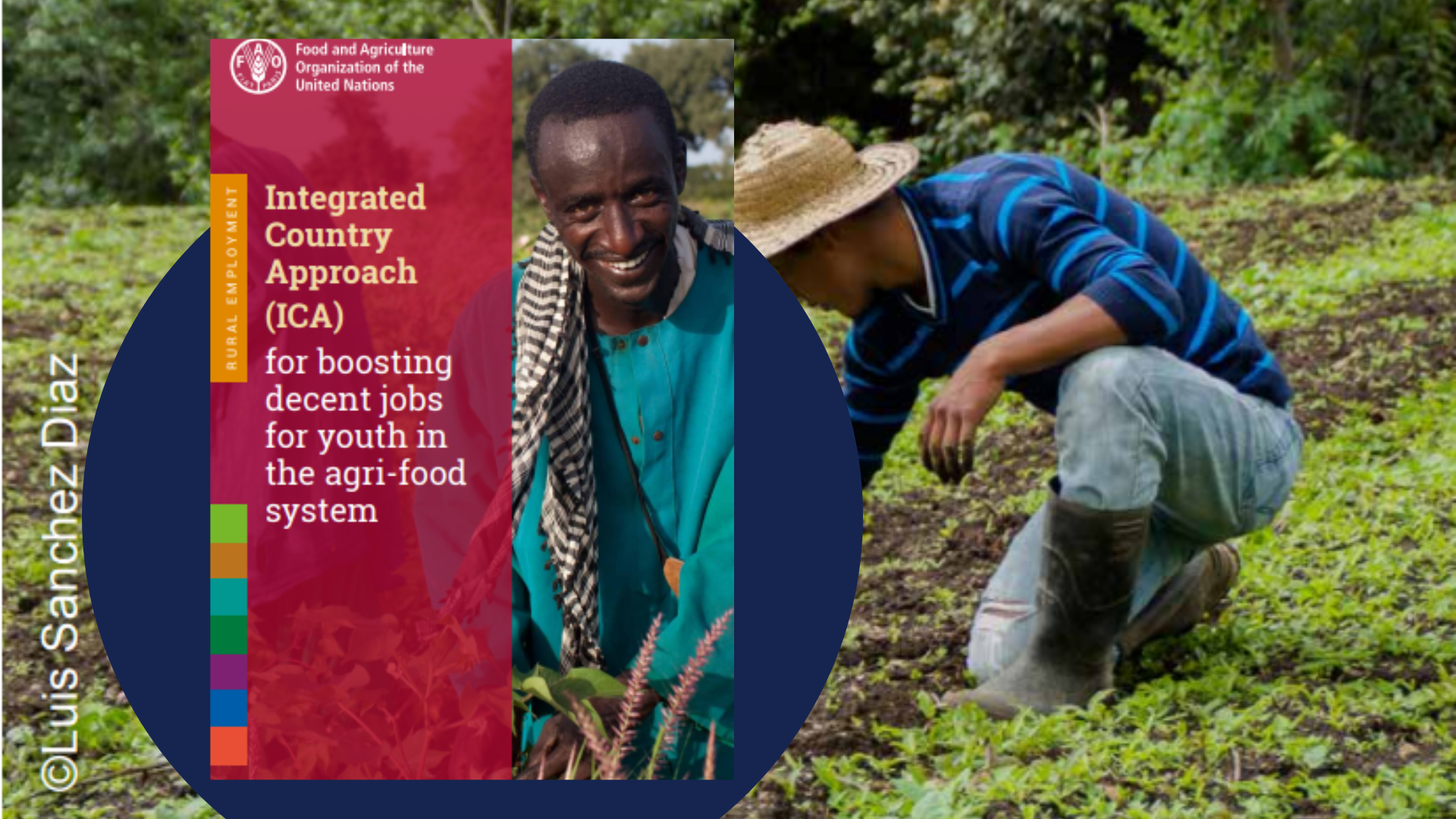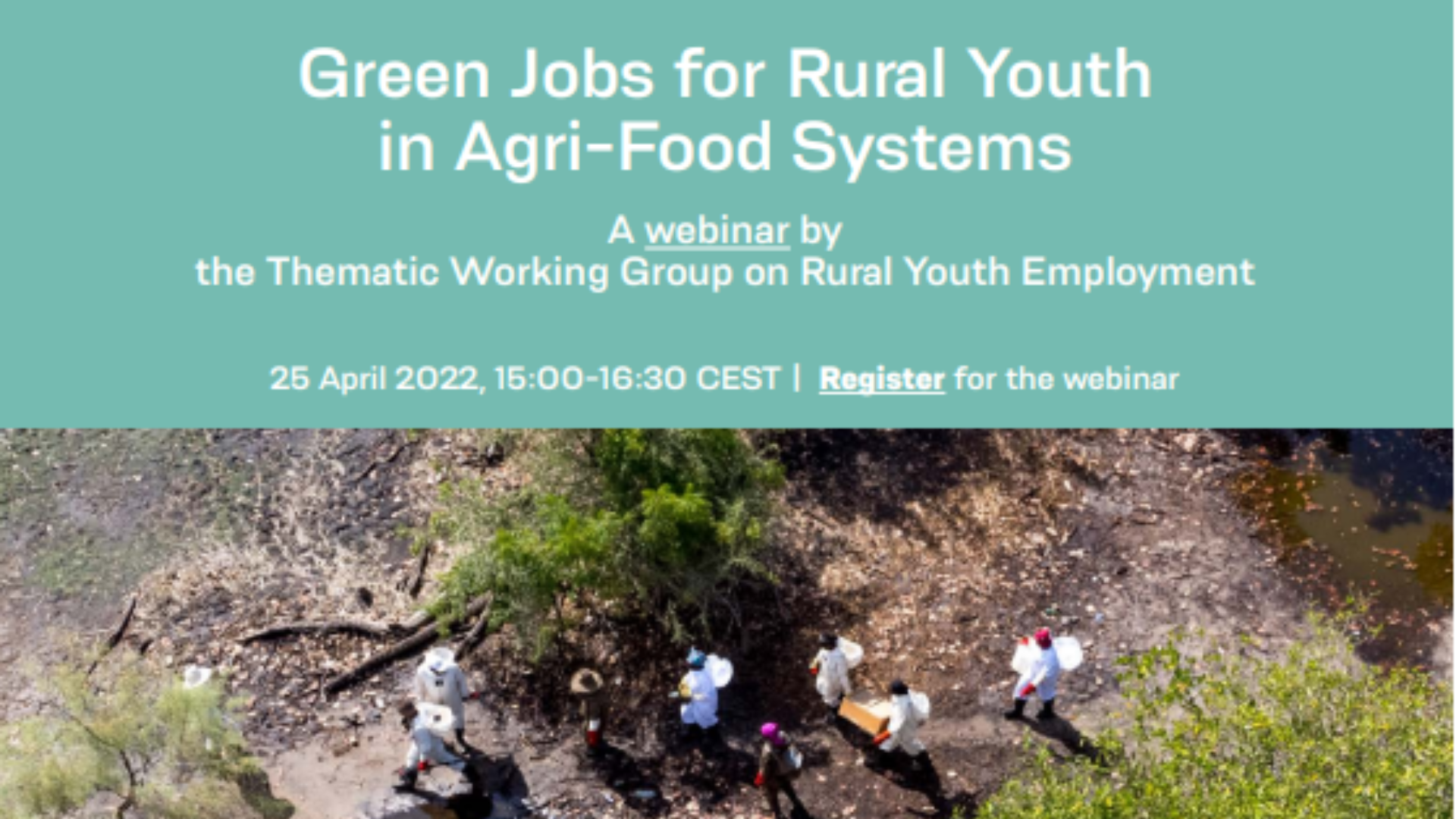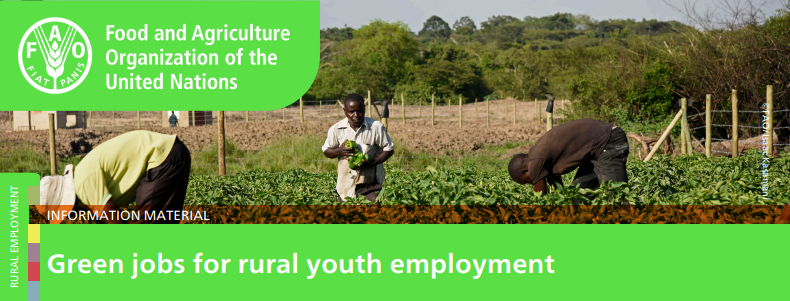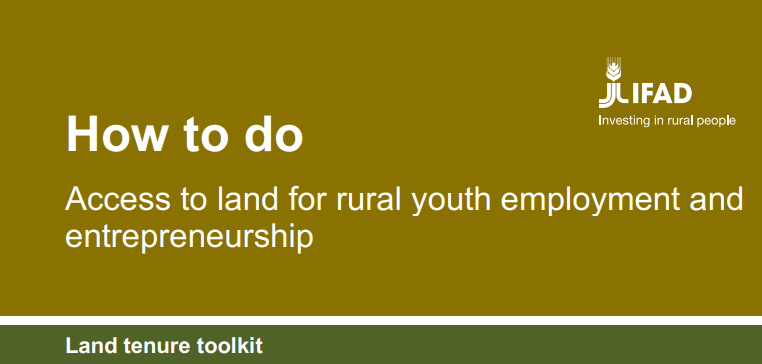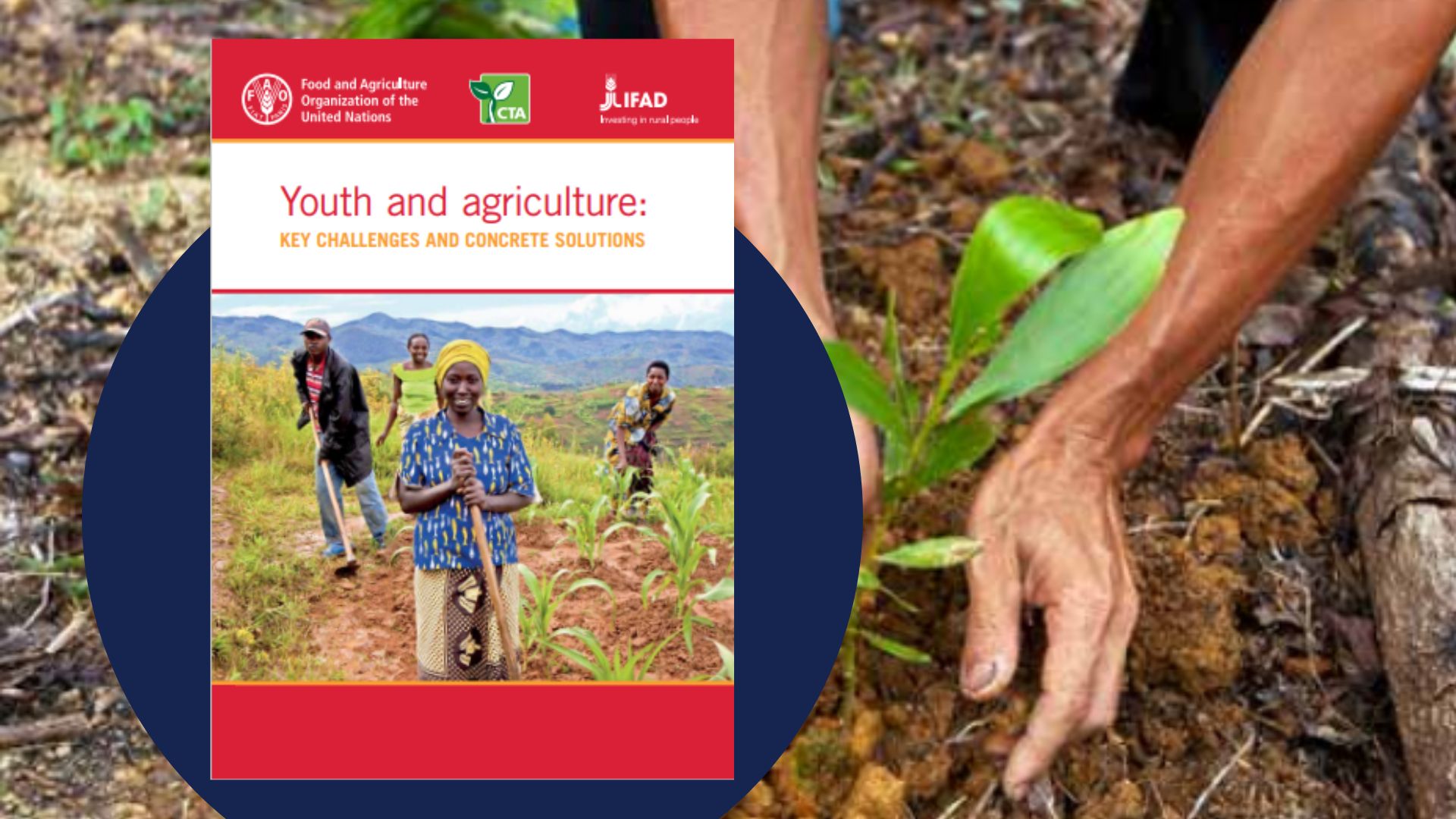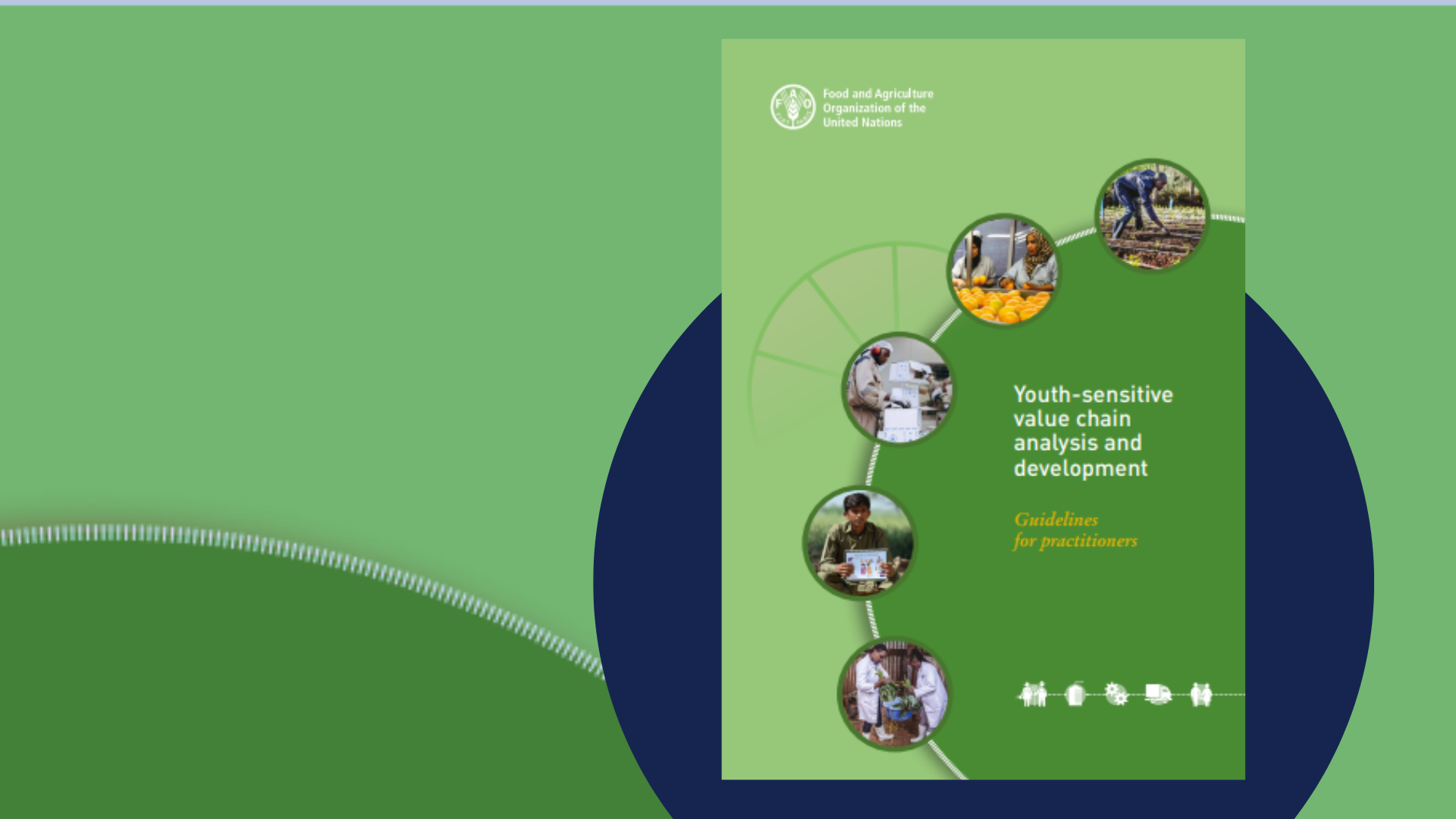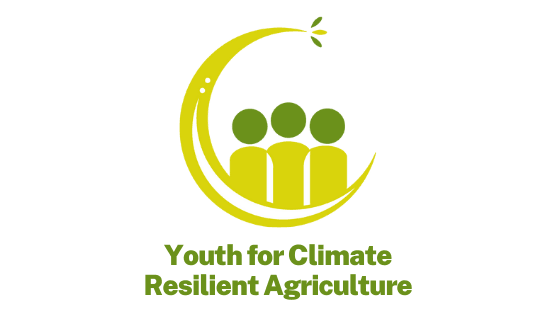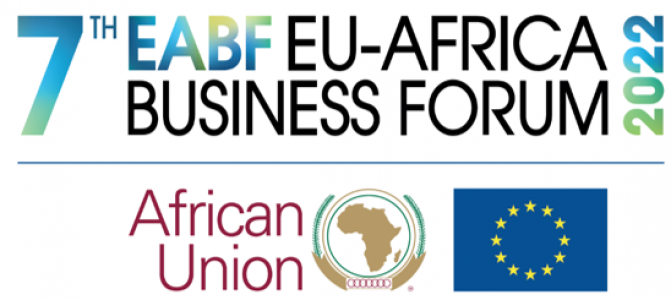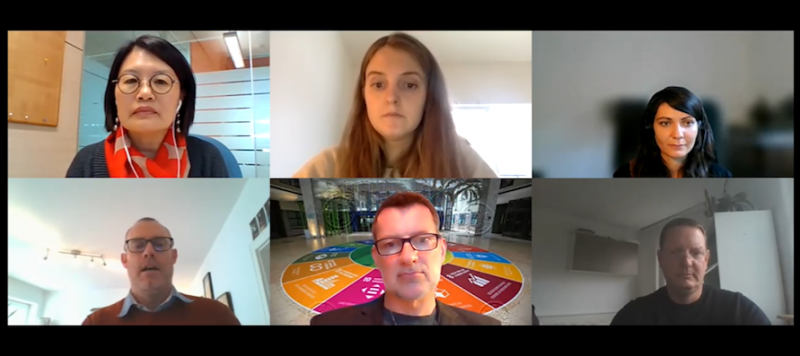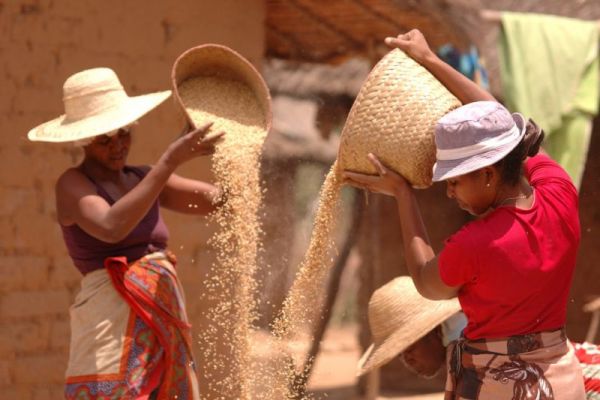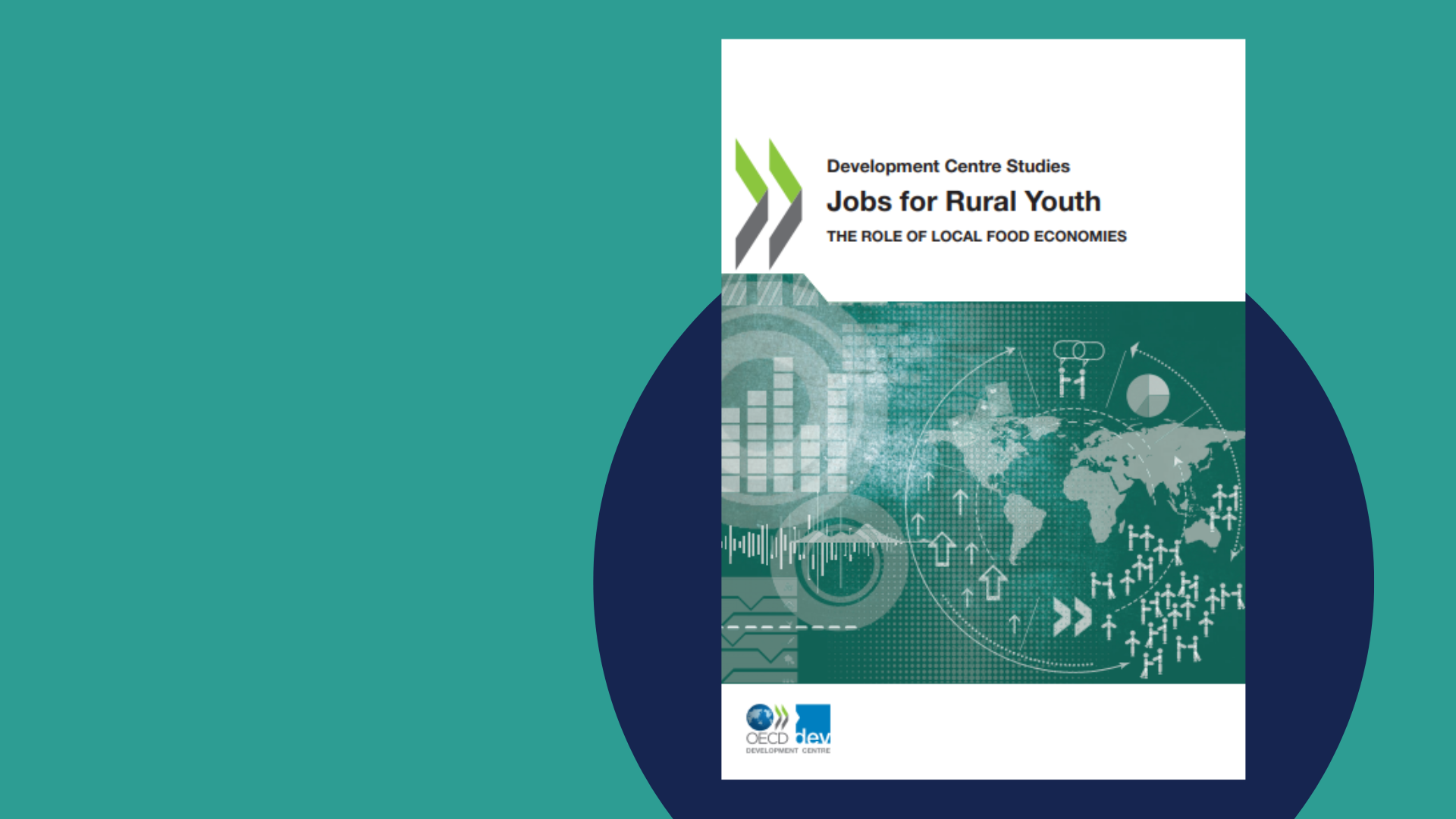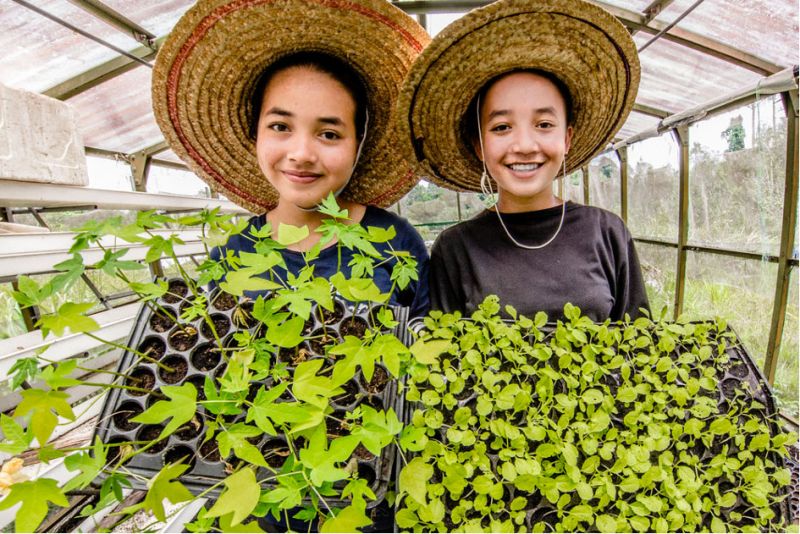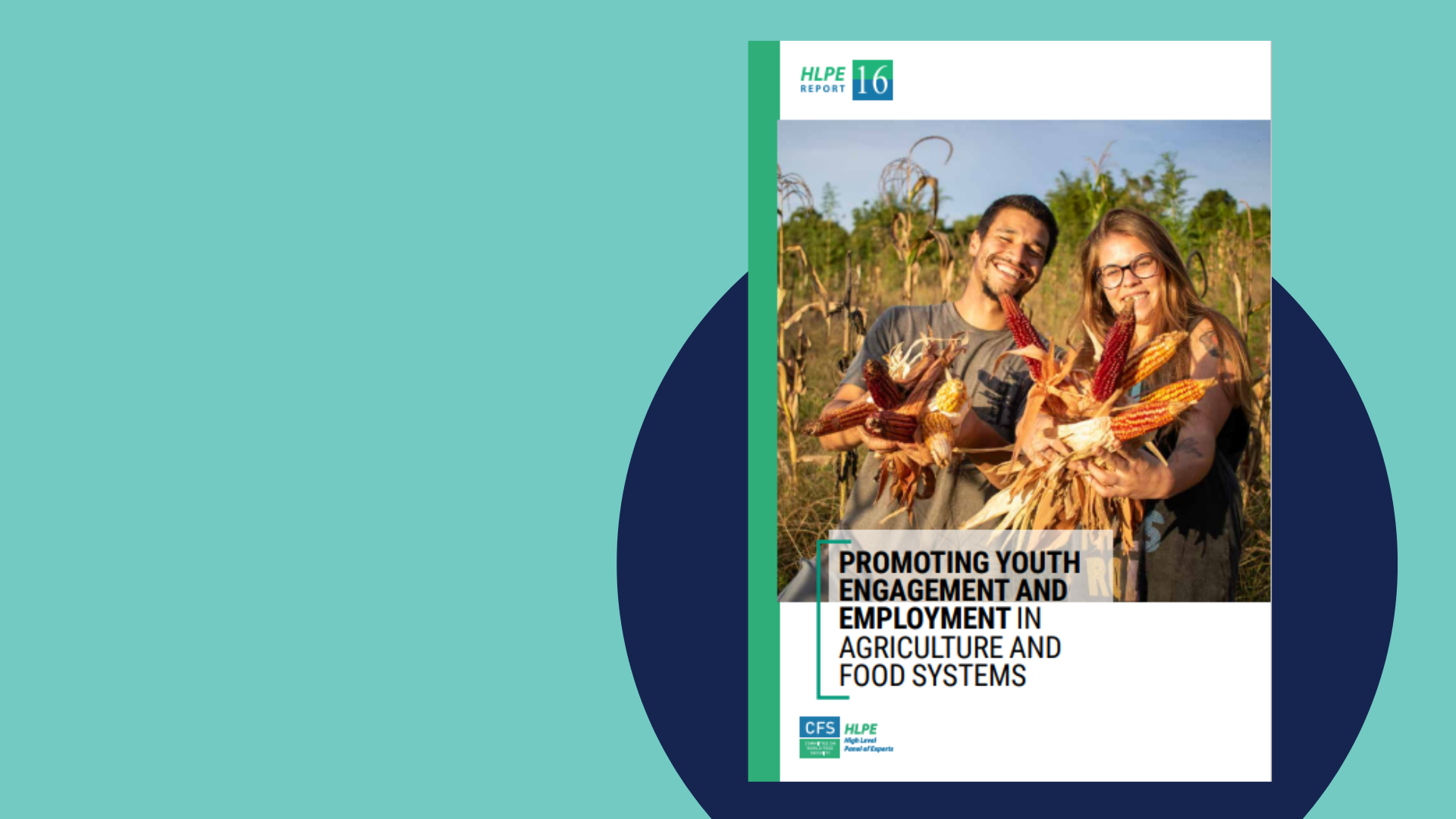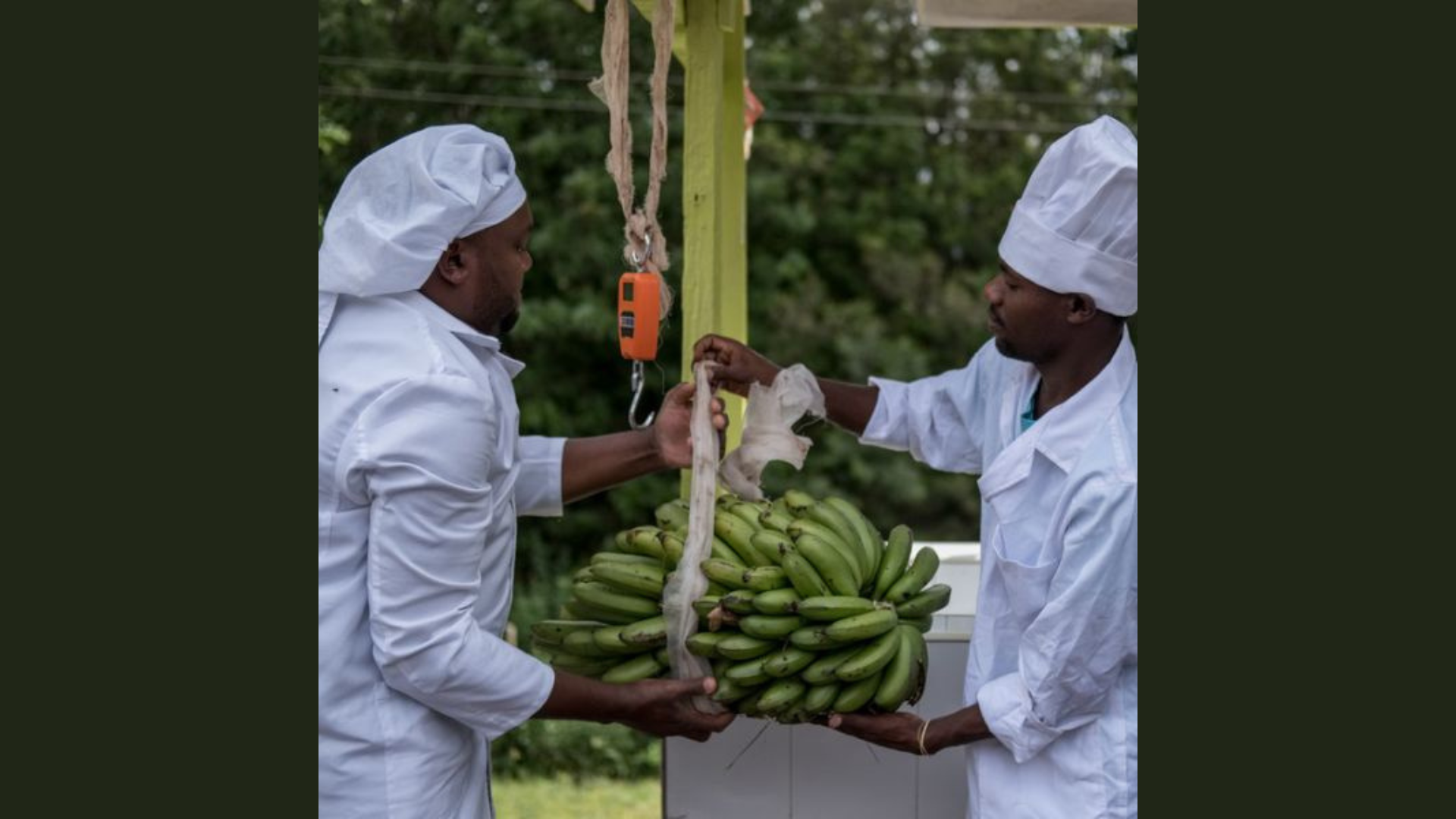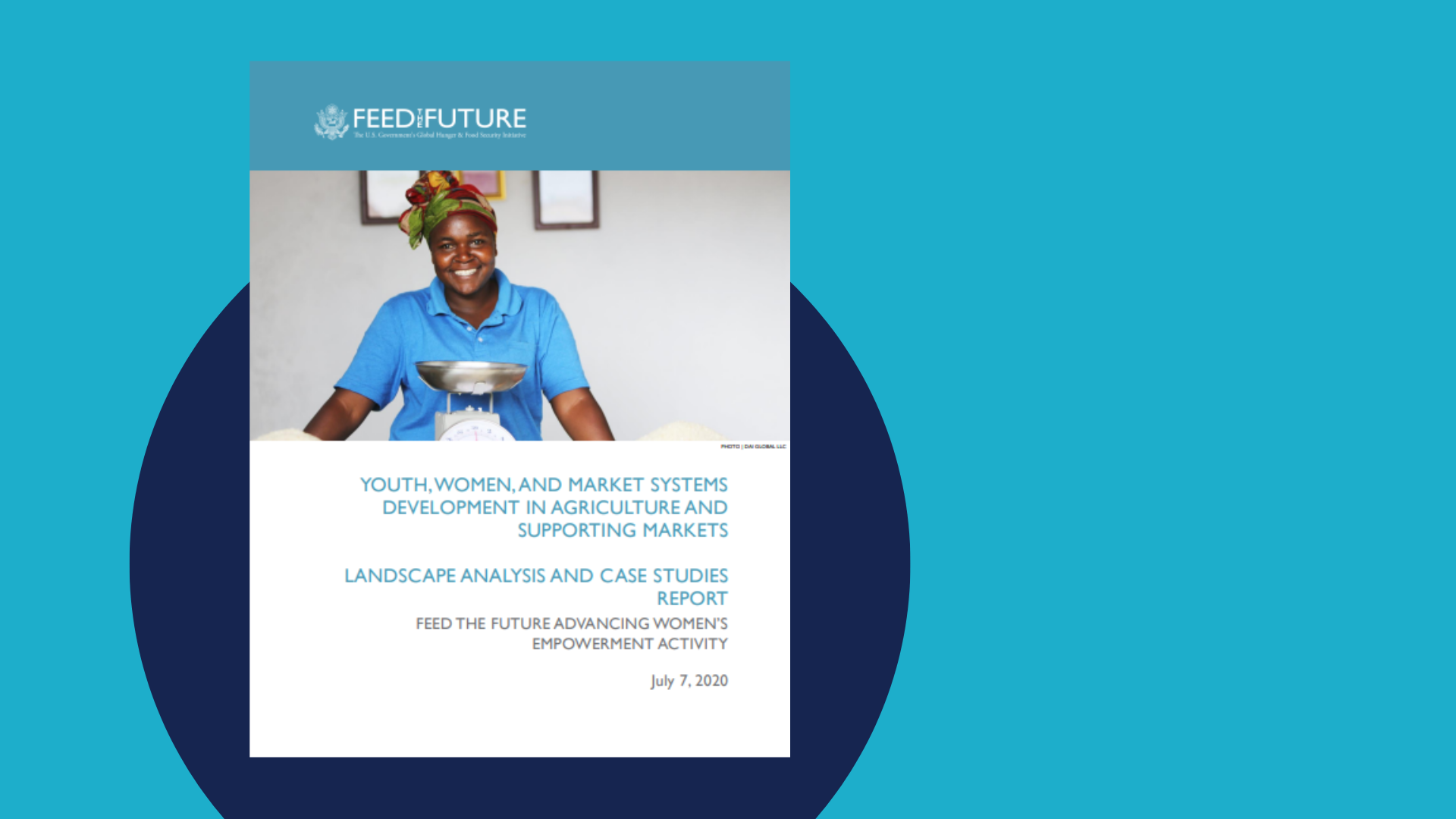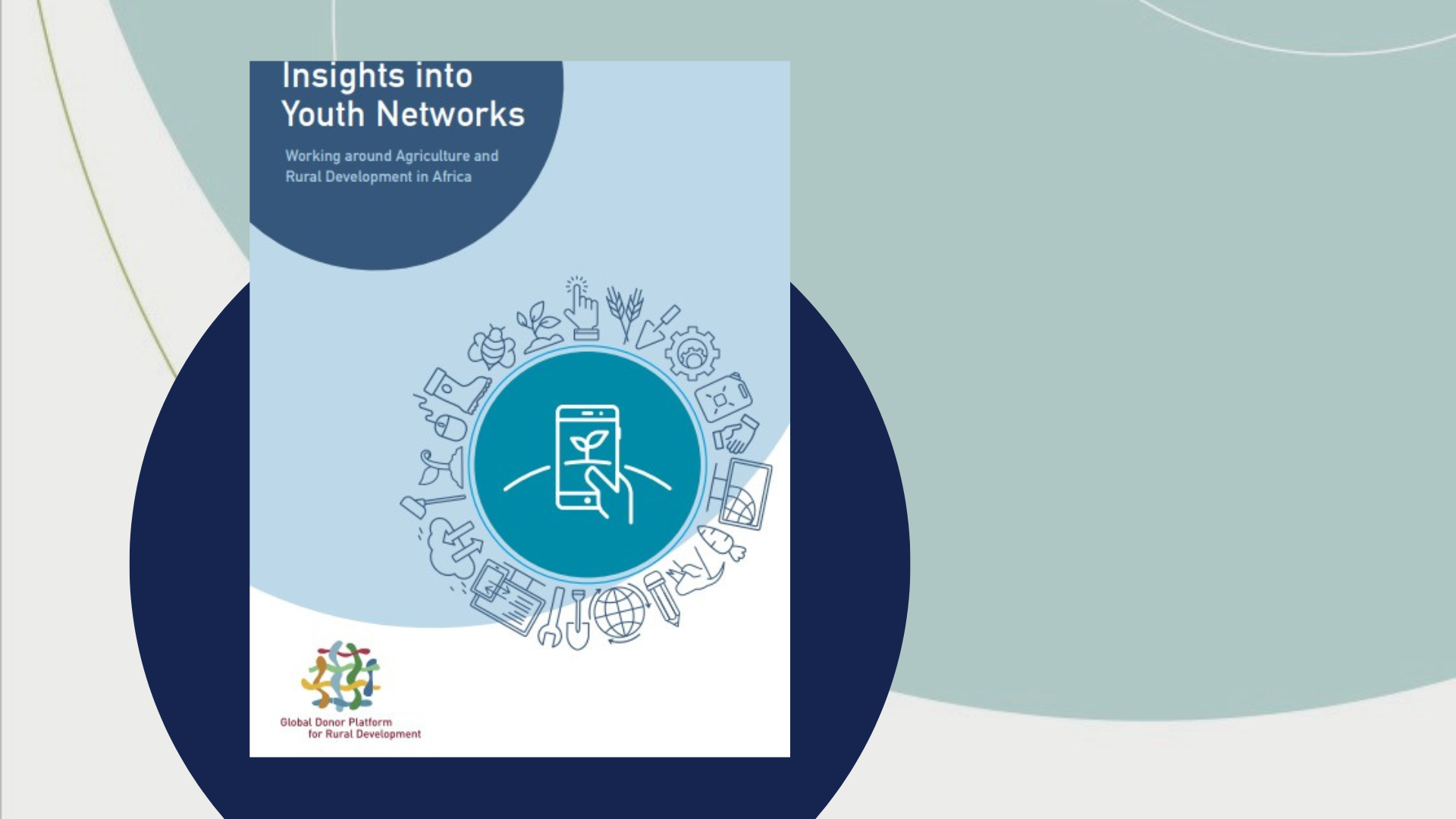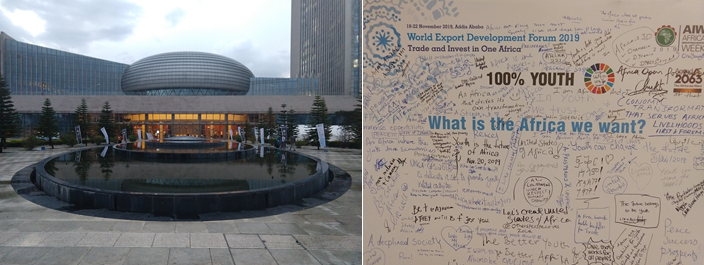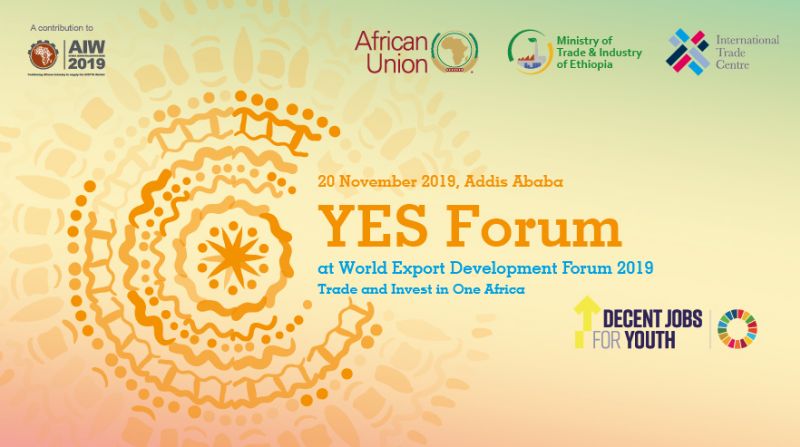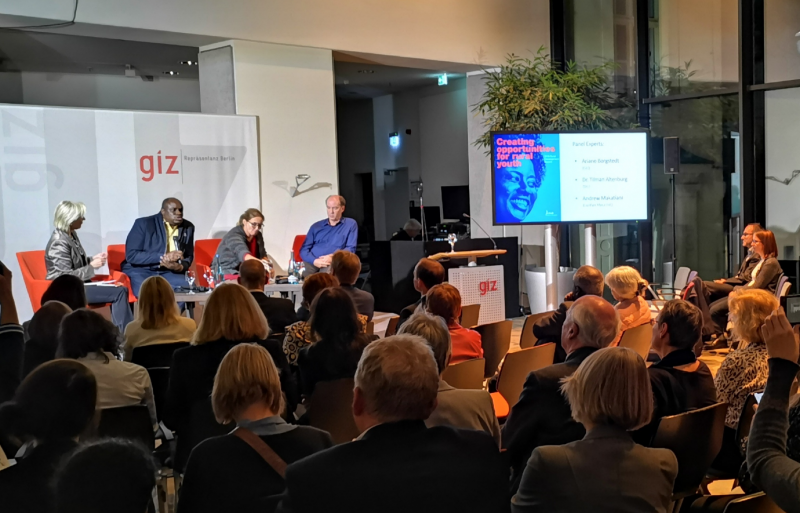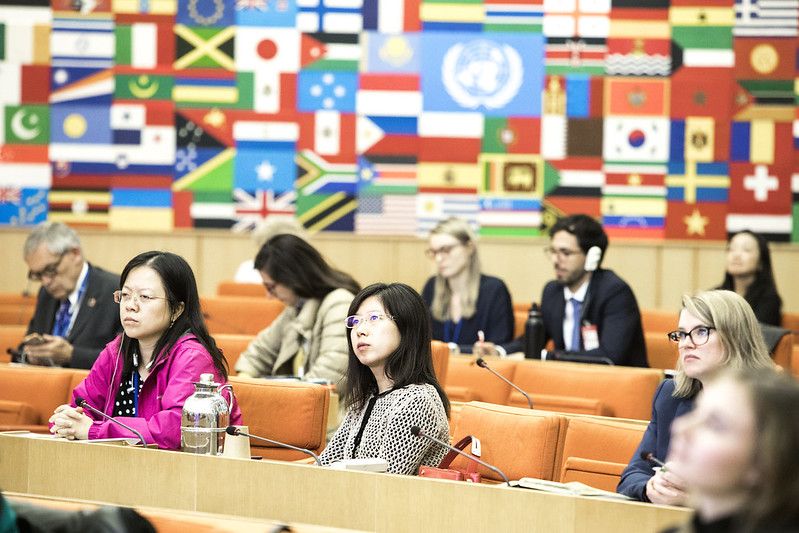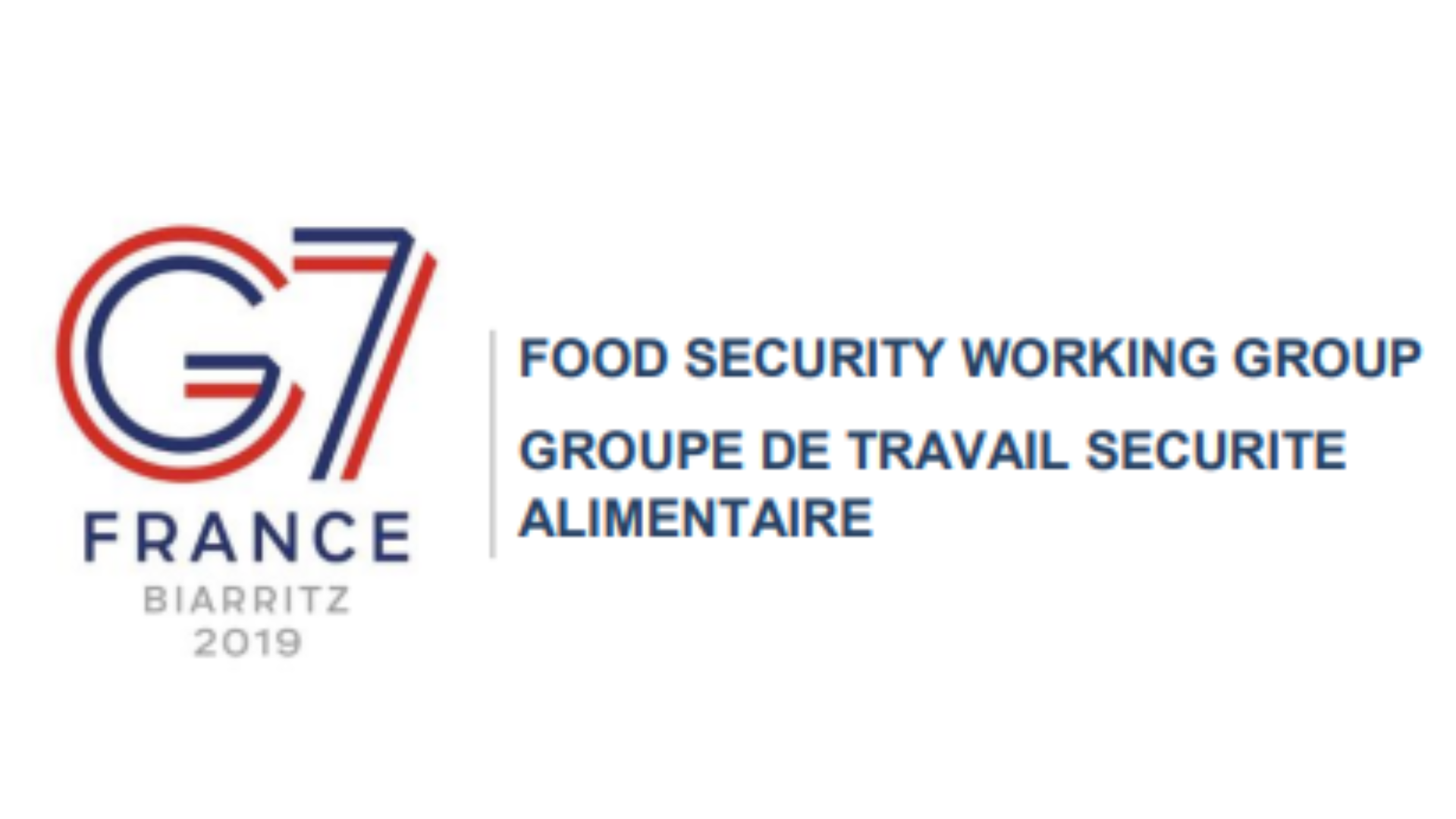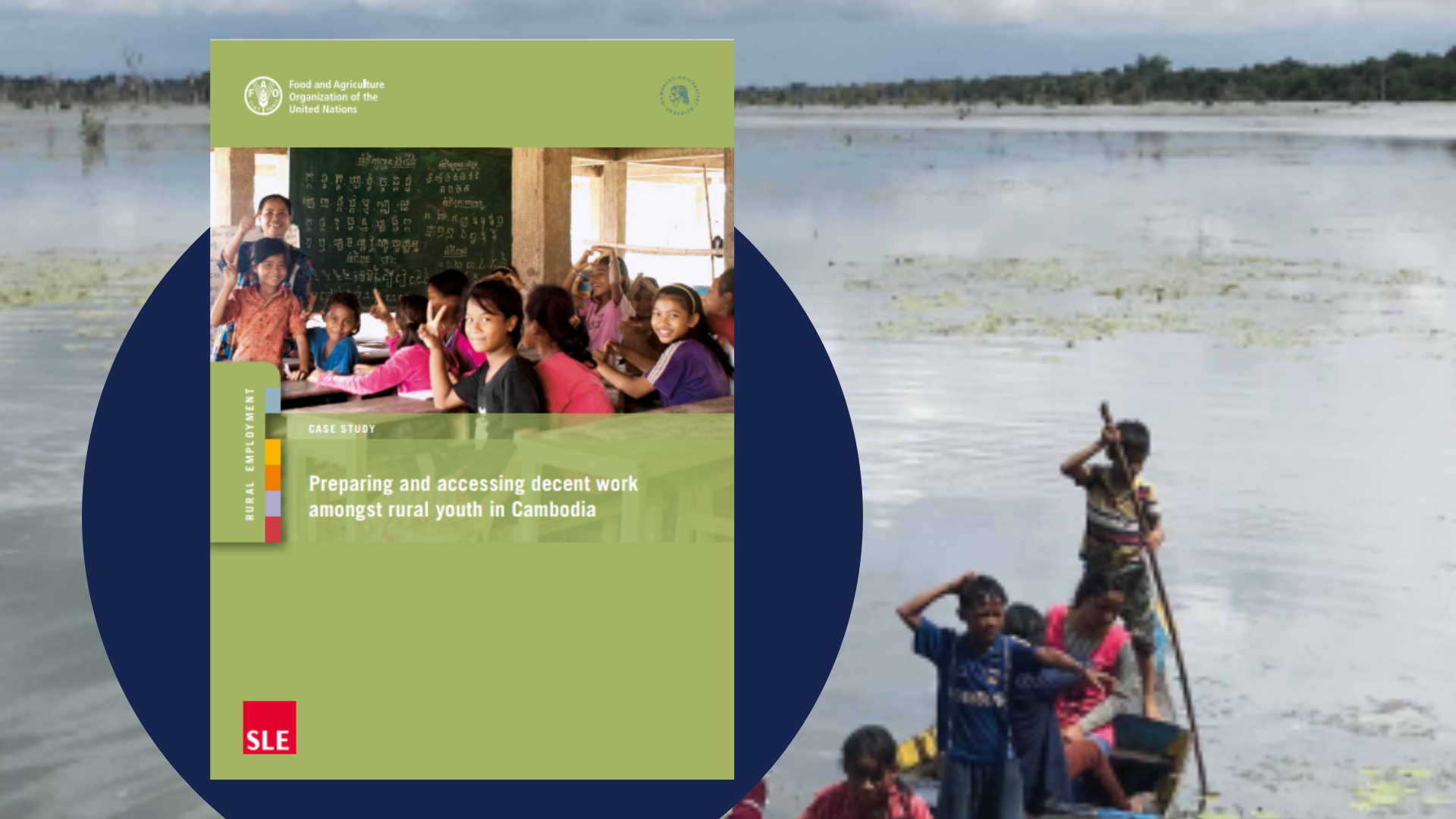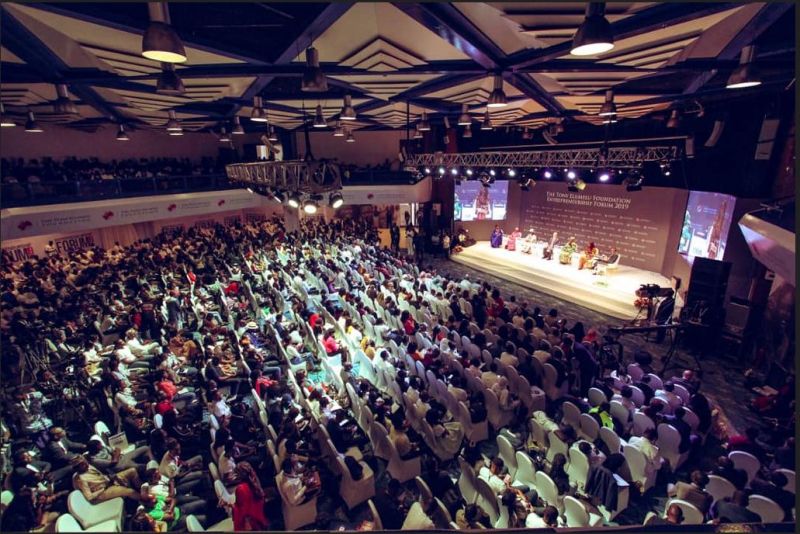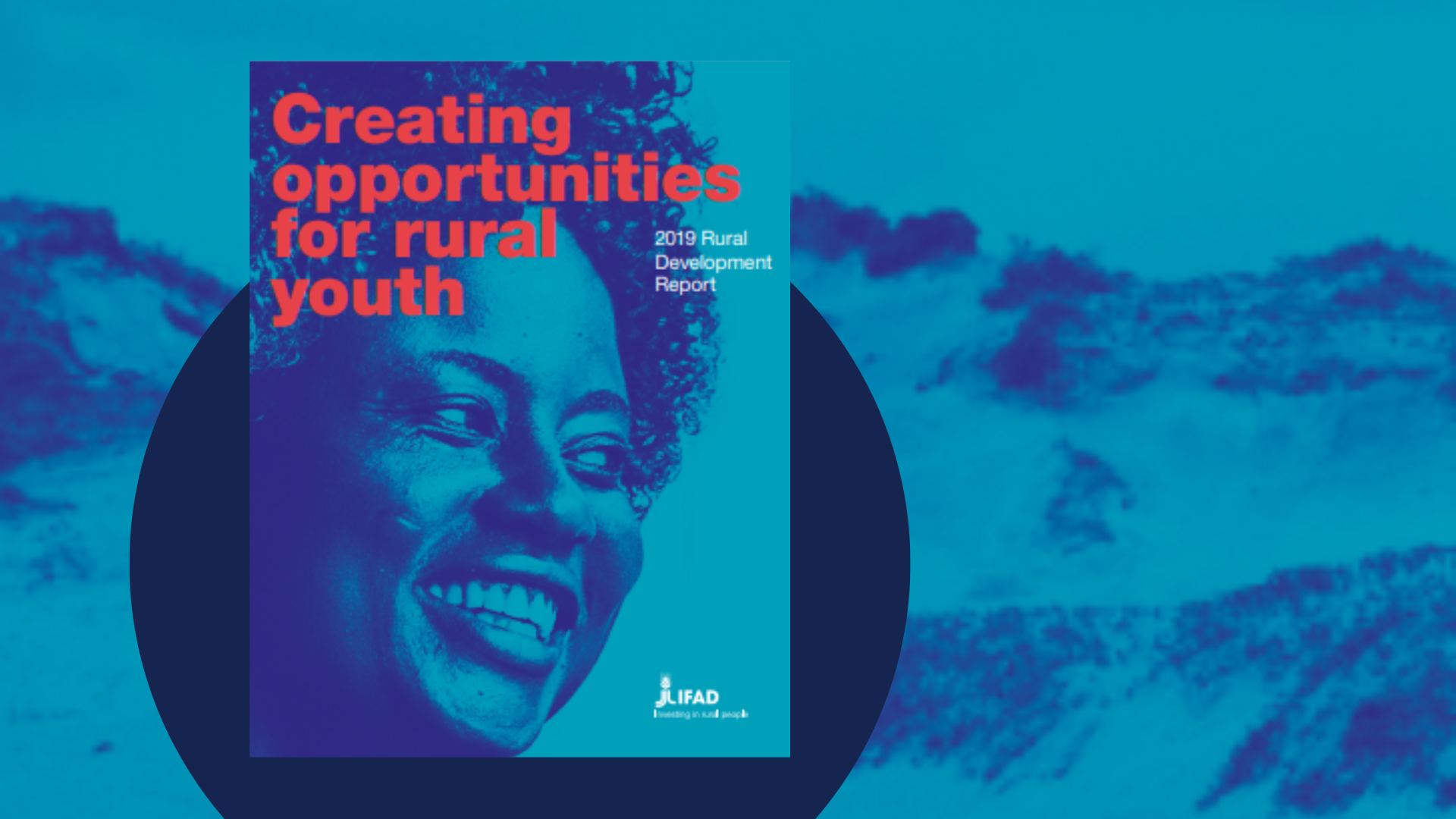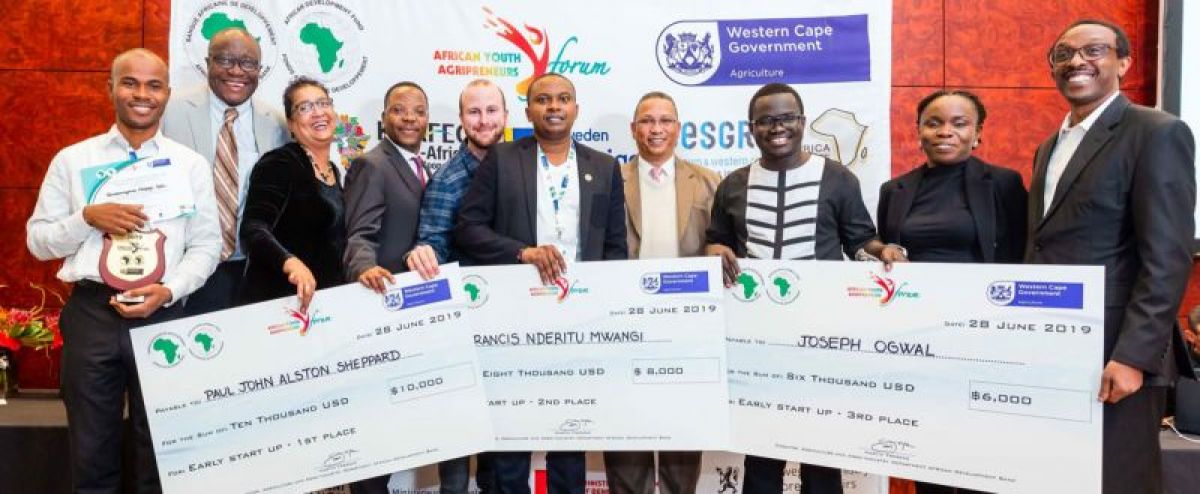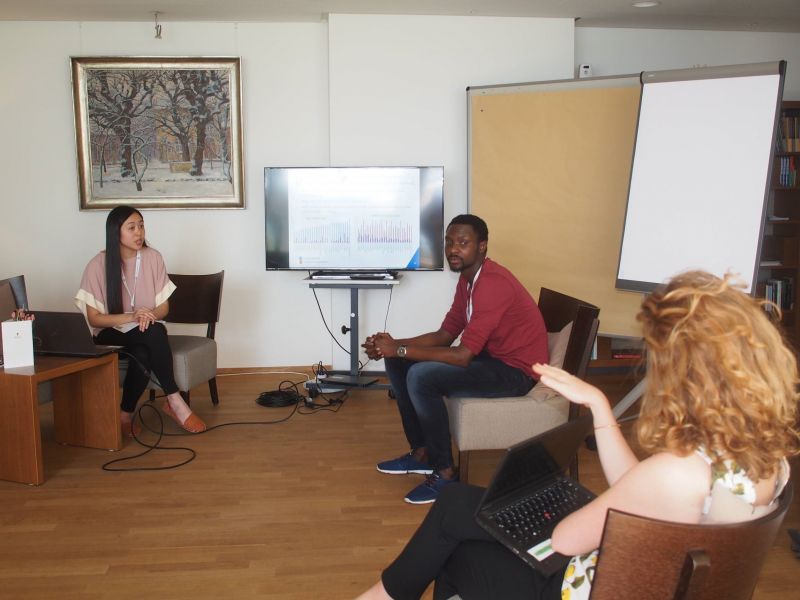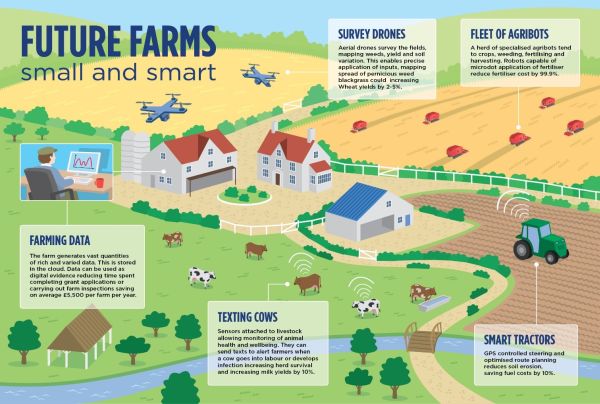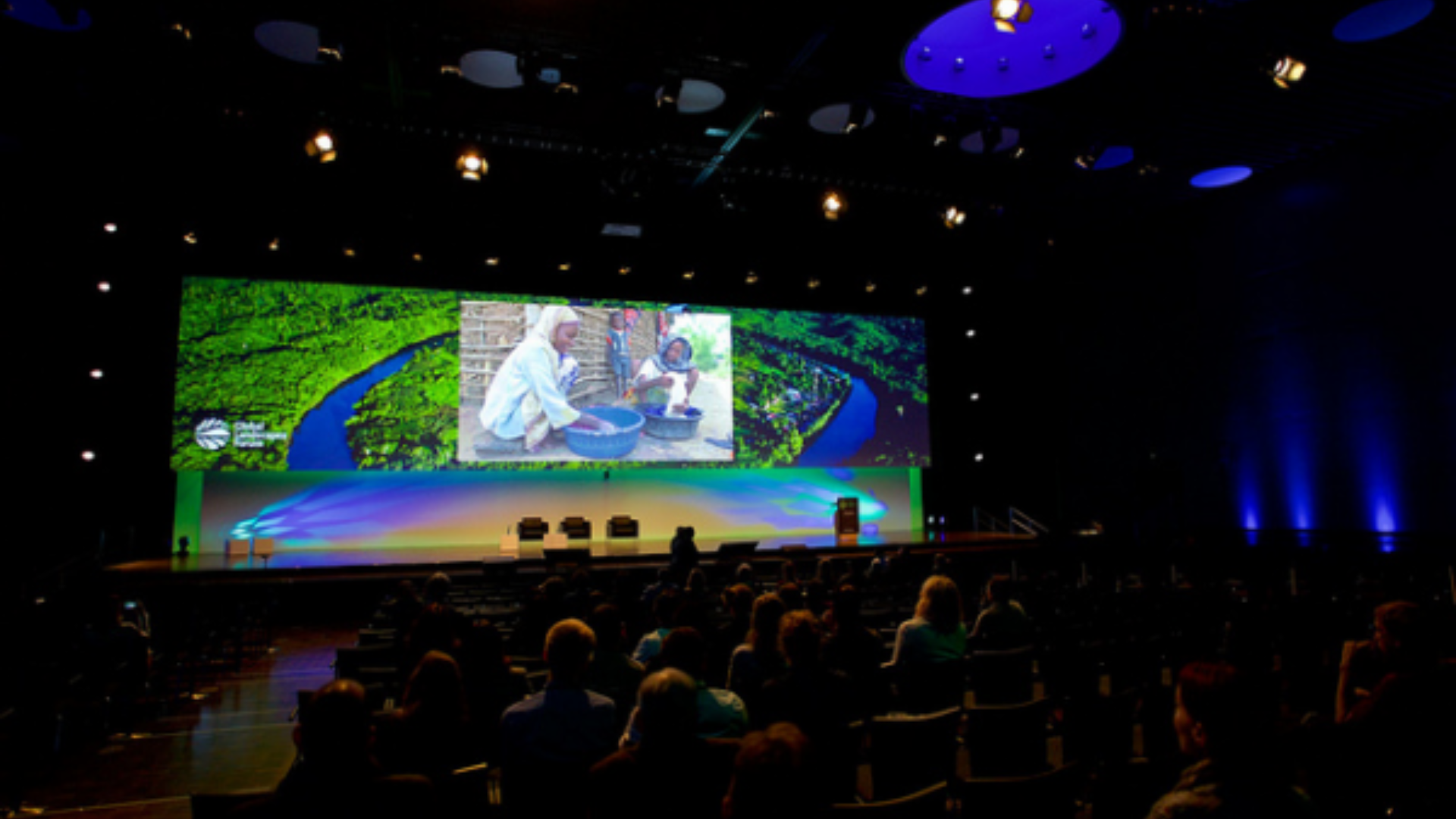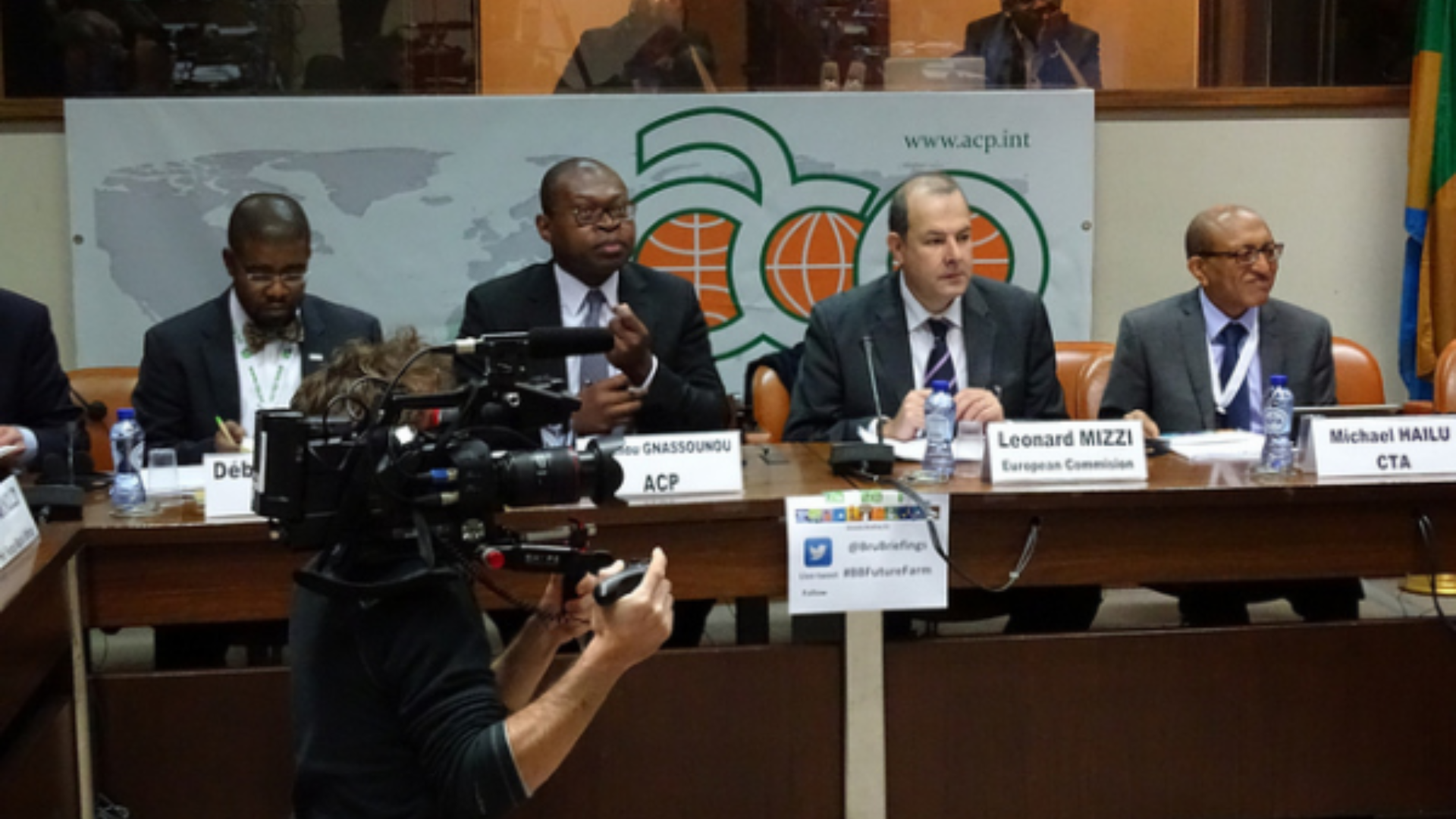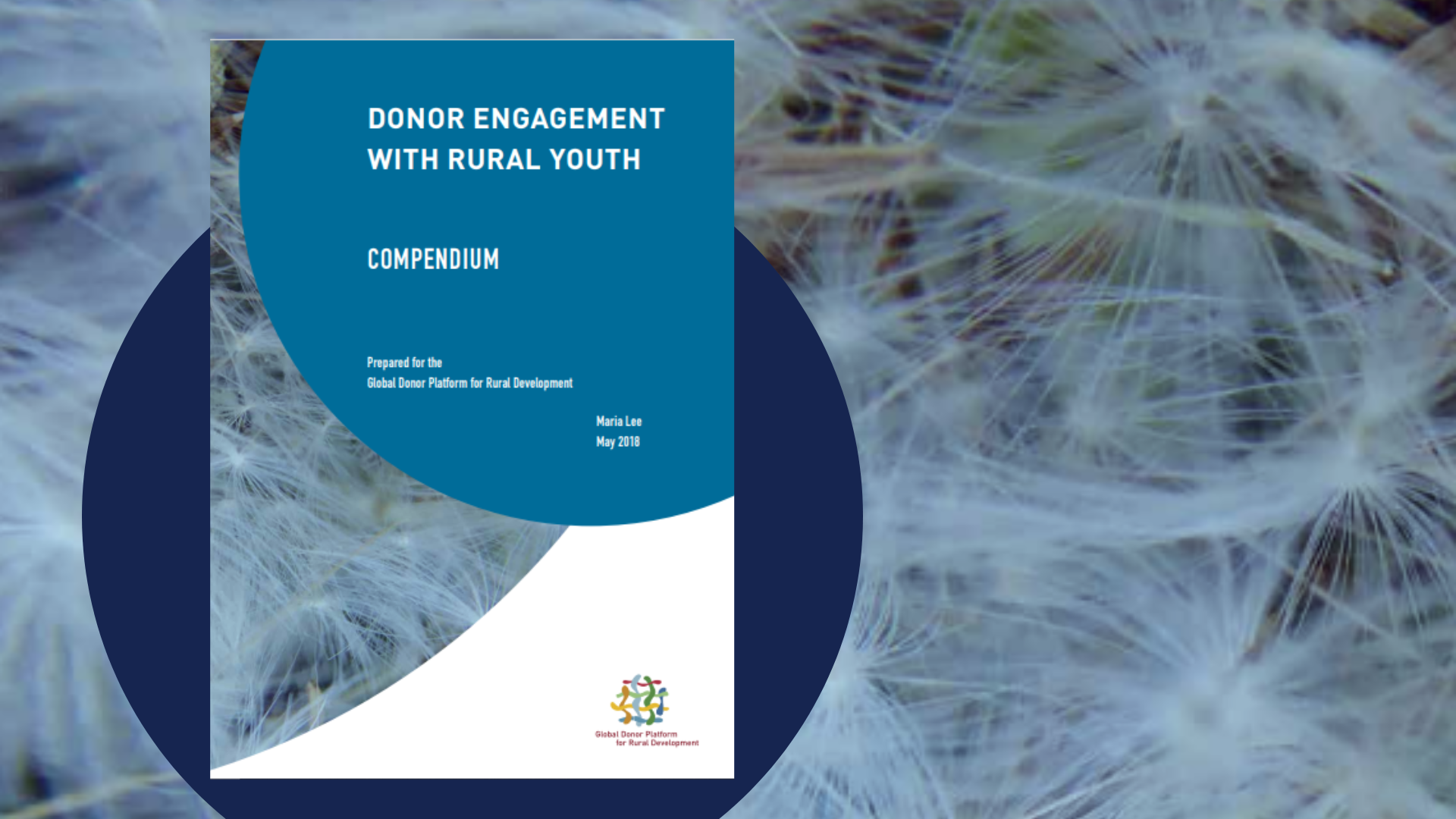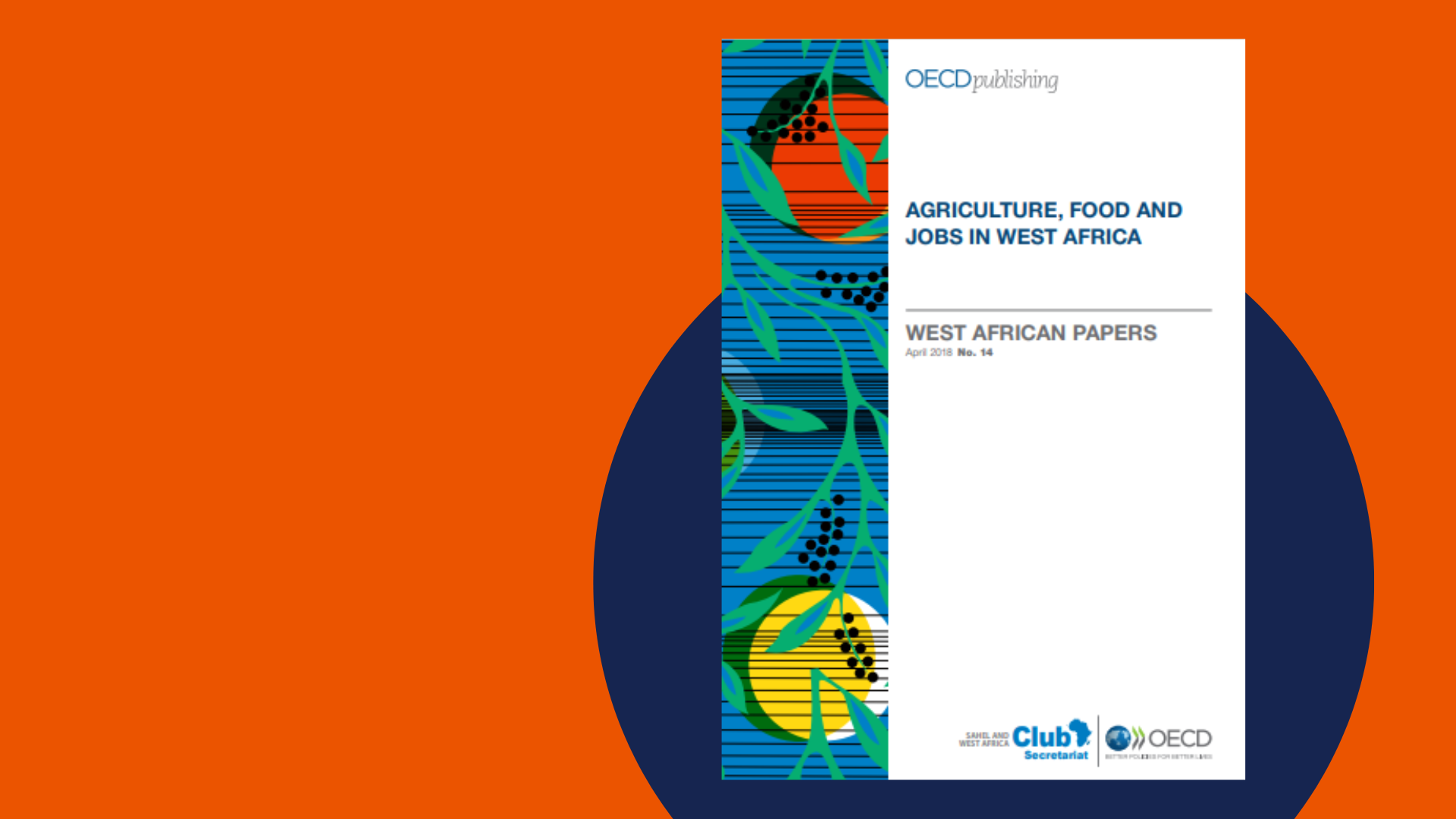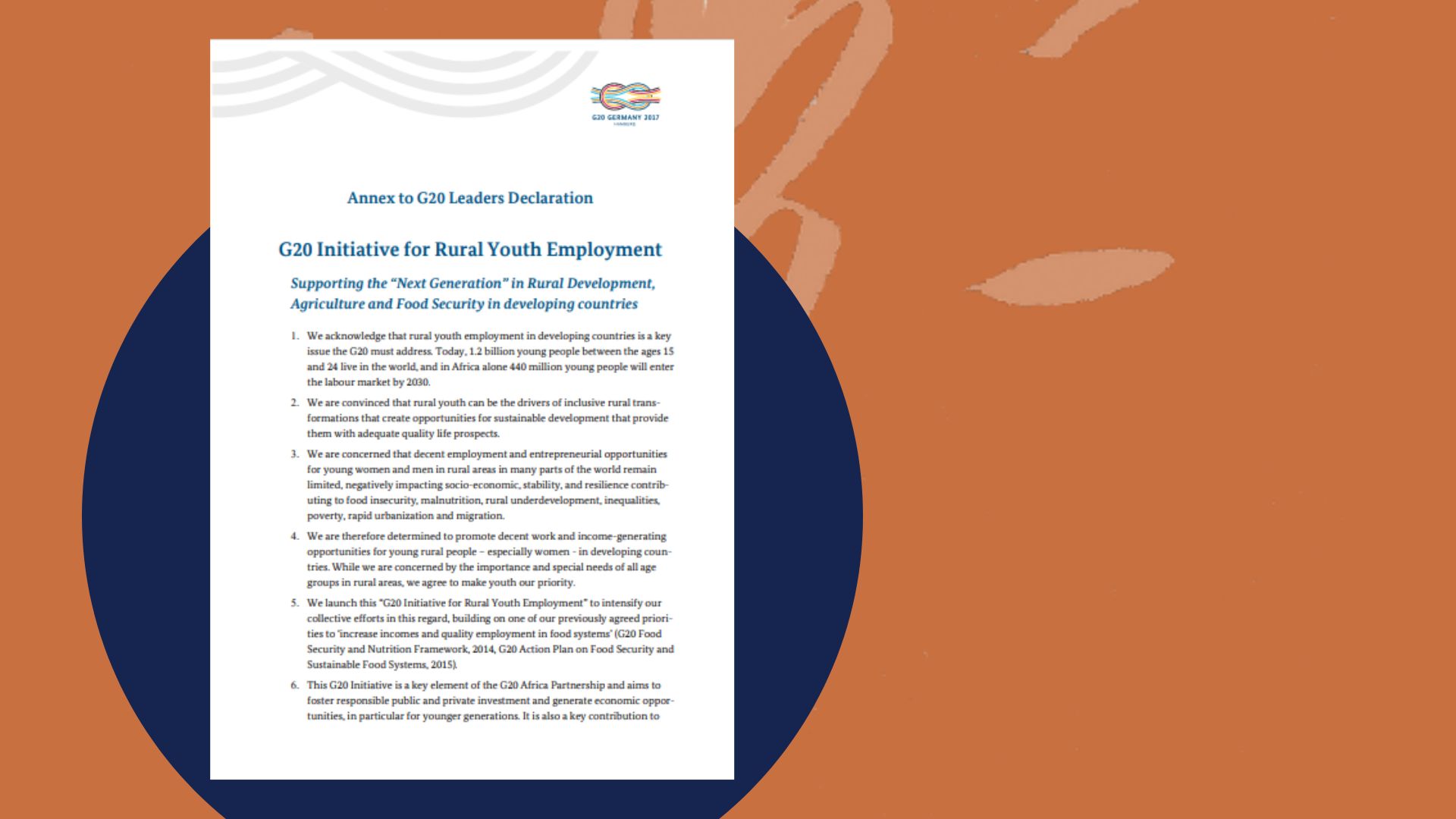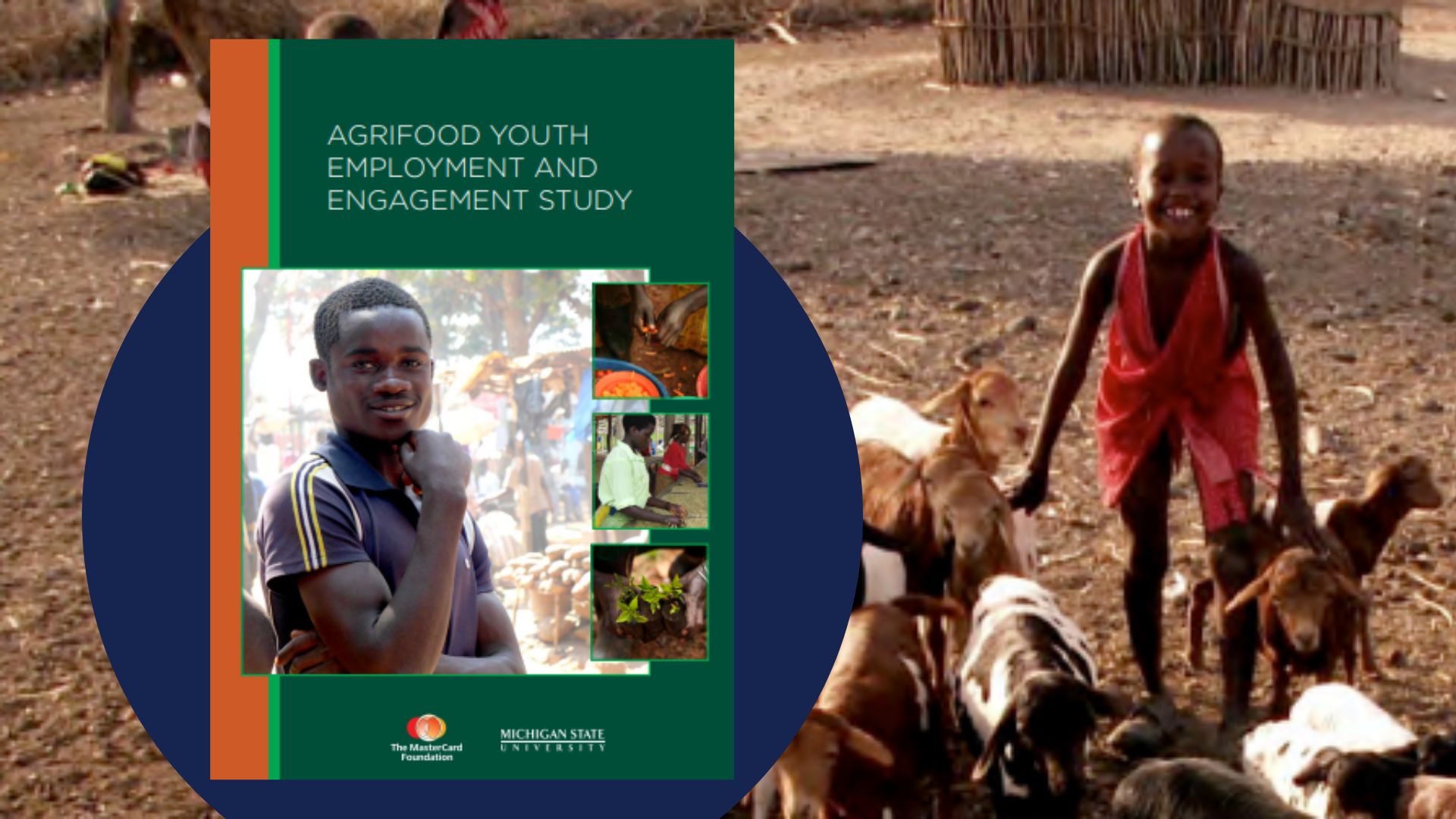Youth account for one out of every six people worldwide. About 10 – 12 million jobs need to be created and/or supported per year until 2035 in Africa alone and millions of young people are bound to engage in agriculture. The challenge of the “youth bulge” is not only about the number of jobs to be created but about the quality of those jobs as highlighted in SDG 8. The future of agriculture and rural development depends on the young generation.
Download
Addressing inclusive rural transformation entails bringing young rural women and young rural men on board decision making processes, empowering them to speak for themselves and to bring in their experiences and ideas, and creating spaces for them to connect, share and develop solutions. In line with this need, the Board of the Global Donor Platform for Rural Development took a decision in October 2018, to establish a work stream on Youth, made up of 50% youth representatives and 50% development partners. This partnership model, which is unprecedented at the Platform, demonstrates the commitment of both donors and young agriculturalists to collaborate on this issue of shared importance.
Online Discussion: Background
This online discussion provided a chance to learn about donor directions towards rural youth, as well as highlight the work of the CAADP Youth Network, which aims to make Africa a continent with a strong youth voice with the capacity to transform Africa’s agricultural sector.
During the discussion, presenters and audience:
- Learned about the main trends of donors’ engagement with rural youth, based on the finding of the Platforms compendium on the topic.
- Heard from a youth network, the CAADP Youth Network, operating in Africa as a “network of networks,” to mainstream youth issues into CAADP processes.
Maria Lee on Donors’ Engagement with Rural Youth
Almost 50% of the Platform members interviewed for the compendium mentioned having a youth policy or youth as a priority in their strategy, but there is still a disconnect between ARD programmes and youth employment programmes. However, some organisations have developed tools for example to mention a few: FAO youth employment in agriculture module, IFAD guidance note on designing programmes that improve young rural people’s livelihoods, USAID programme design guide for youth inclusive agriculture and food systems, OECD toolkit for youth inclusion (not only rural youth). Main entry points of how donors engage with rural youth included skill building, access to inputs, marketing and finance training, with less focus placed on sexual and reproductive health or ICTs. There is lots of talk about empowerment (beyond employment) but often interventions are still fragmented and not always reflecting the realities of rural youth.
Common Lessons Learned
- Donors and national governments have to intentionally apply a youth lens into programmes accompanied by budgeting in the national agriculture investment plans.
- Youth are a diverse group and cannot be approached through a uniform approach but rather targeted approaches according to their needs. Donors have to be conscious about which categories of youth they include or exclude in their programming.
- What is measured becomes visible, so donors need to collect age disaggregated data and establish data systems and methodologies to track unemployment and impacts of policies on job creation.
- There is a need for coordination and collaboration especially public and private, for example, apprenticeship programmes linked to the private sector.
- Closer collaboration between donors and youth with the youth involved throughout processes and having their perspectives included is of great importance, and the new Platform work stream, which is aiming for 50%
Ibrahim Ceesay on the CAADP Youth Network
The CAADP Youth Network was formed April 12, 2016 in Accra – Ghana, principally as an African regional consortium of youth organizations and networks working on agriculture and sustainable livelihoods across Africa, to mainstream African youth into the CAADP and 2014 Malabo implementation and monitoring processes.
The thematic focus areas from 2018 – 2020 strategic plan include among others, the documentation of youth best practices on agriculture, Climate Smart Agriculture and agribusiness as well as policy, advocacy and public engagement on the role of youth in Africa’s agricultural transformation.
The network has 7 regional youth networks and around 10.000 individual members from 45 countries African countries, and is already working with IFAD on nutrition training and with FAO on climate smart agriculture. Work is ongoing to establish regional incubation centers, where young entrepreneurs will receive access to trainings relevant for an agribusiness and get connected to the private sector.
In terms of structure, the CYN is part of the CAADP non State Actors. The CYN intends to create 5 country chapters by the end of 2018, in the Gambia, Kenya, Cameroon, Tunisia and South Africa. It is foreseen that each country chapter will represent the perspectives of their region.
To fond out more about the CYN, their strategic plan 2018 – 2020 is available in the download section.
